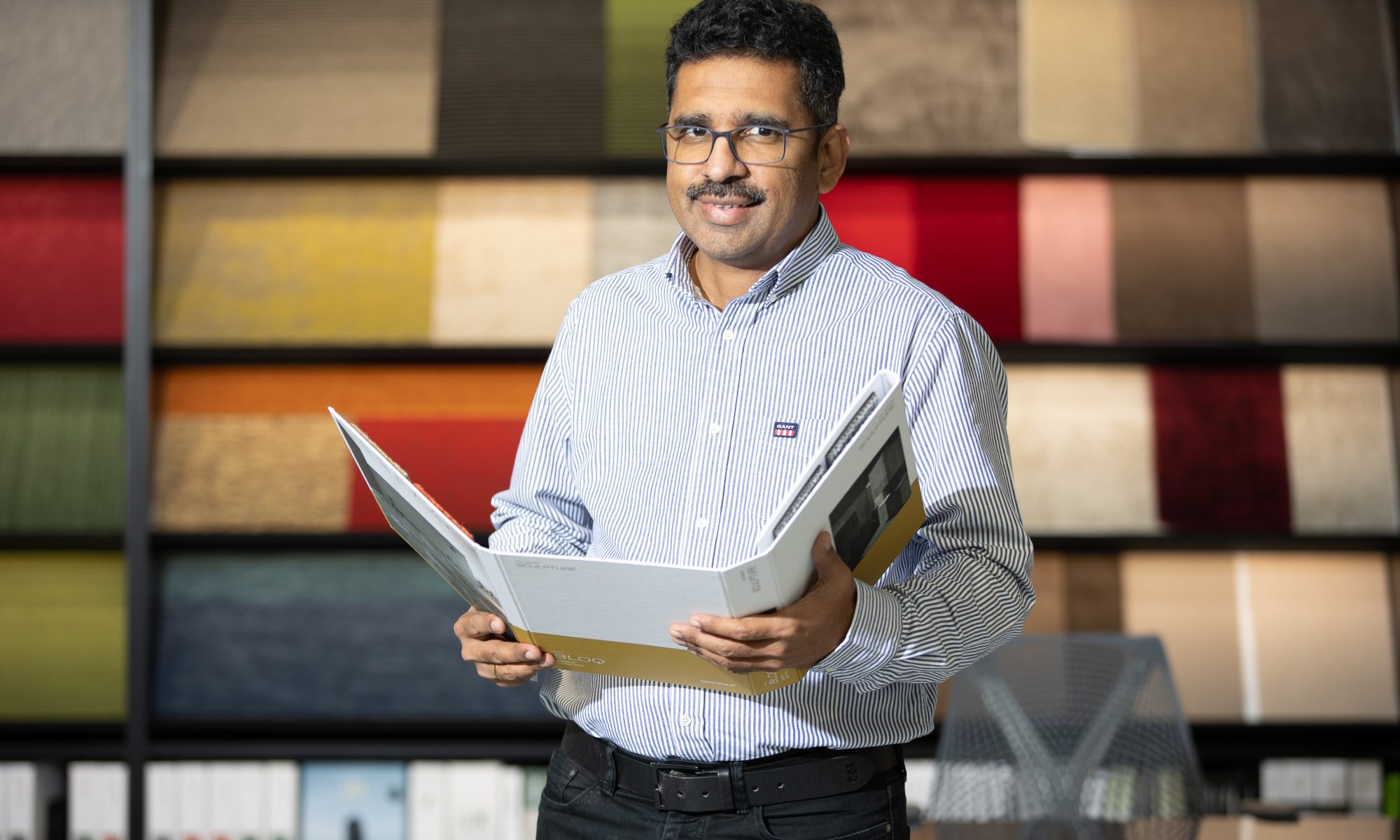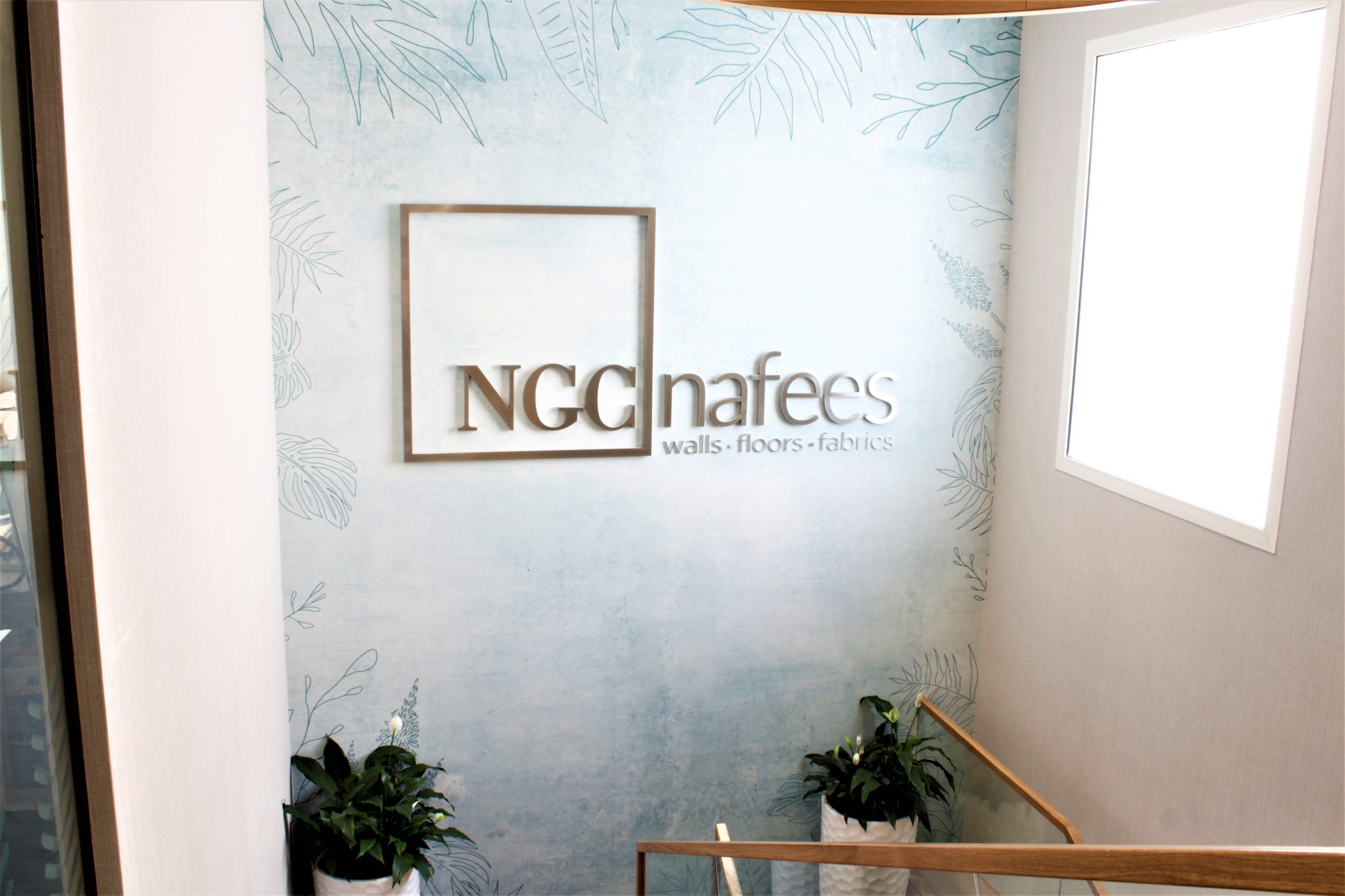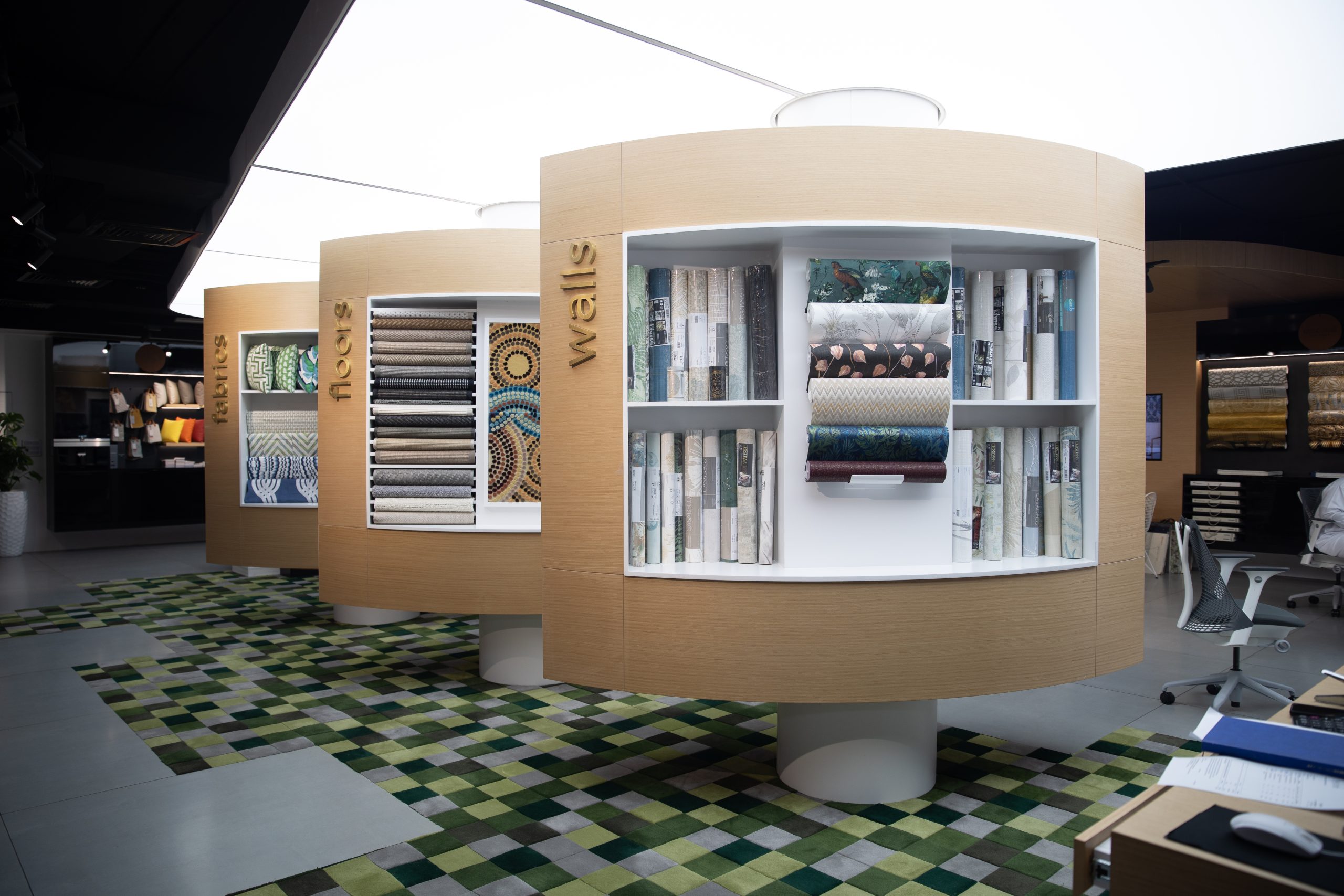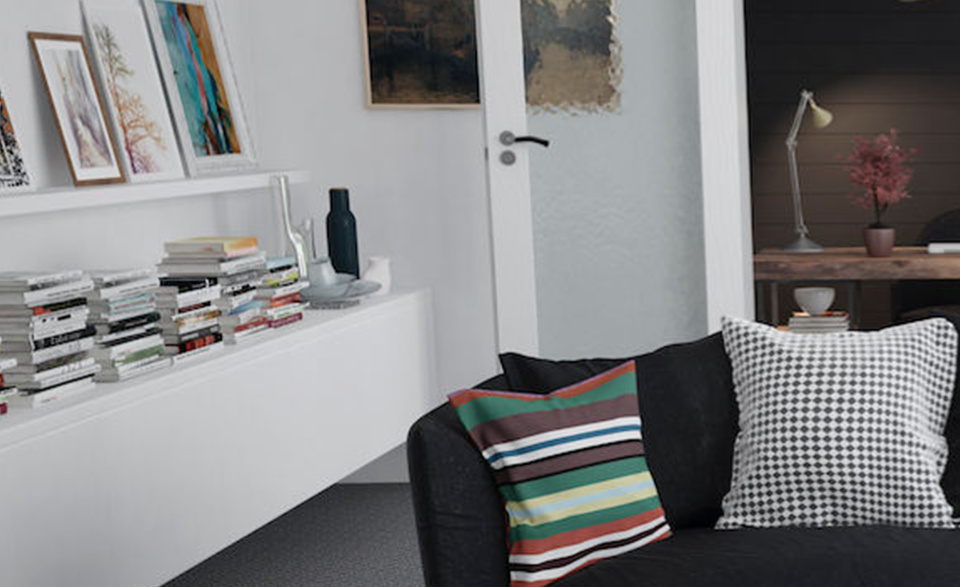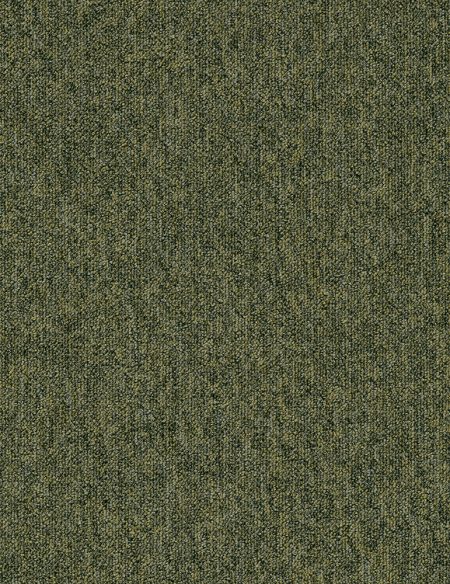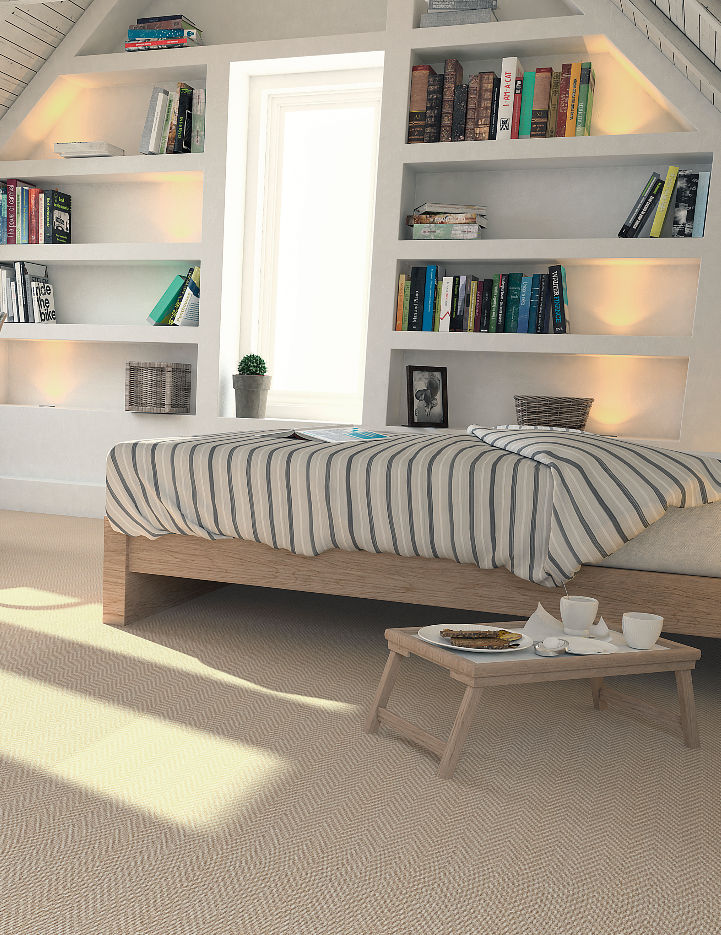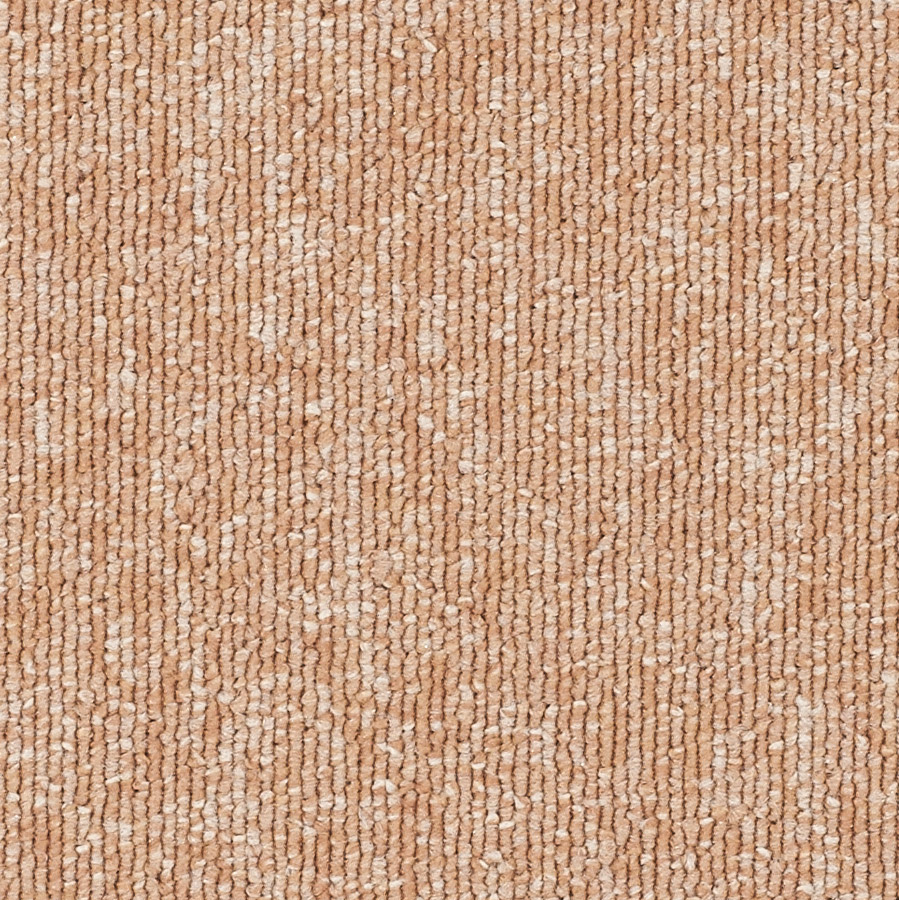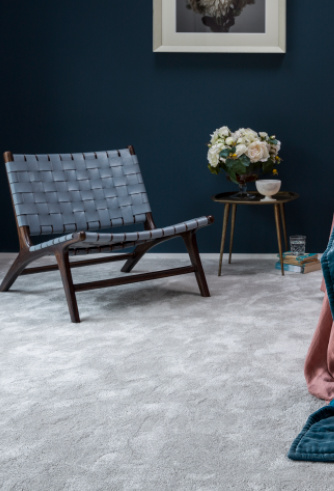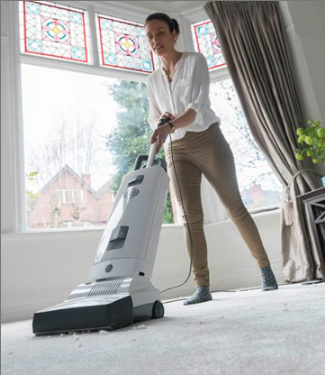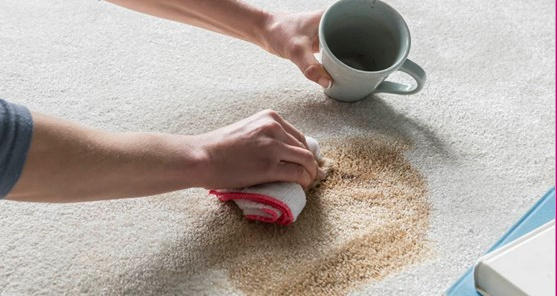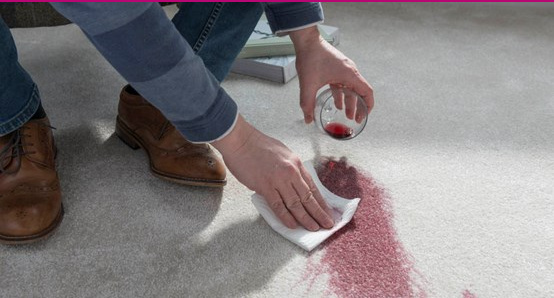As one of the most noticeable features of a living room, your walls need to highlight or, at the very least, complement your interior design style.
If you want an easy way to ensure your living room matches your interior design theme, wallpapers are your best
option.
Wallpapers come in so many different colors and patterns that you can easily find one that features or matches your interior design theme.
Your living room wallpaper can even set the stage and transform this space if you want to change and elevate its design and look dramatically.
You can also use wallpaper to create a custom mural with a design of your choice that can act as a focal point to change the look and mood of your living room.
 INSPIRATION
INSPIRATION
Wallpaper Design Themes for an Elevated Living Room
If you wish to change your home’s interior style and want to use your walls as the starting point, consider these living room wall covering ideas and themes to change the look and feel of the space significantly:
1. Art Deco
Art deco style was born in the 1920s, which is why it is reminiscent of The Great Gatsby, the famous novel and movie.
This style highlights geometric shapes, graphic patterns, polished and glossy features and furnishings. It also showcases bold, artistic expressions with striking touches.
Wallpapers with bright, exotic and contrasting colors, including blue, gold, green, silver and red are redolent of the art deco interior theme. Products with elaborate and opulent designs and patterns convey this style further.
Examples of wall covering designs that tie in with this theme include floral with large, vibrant flowers, colorful animal patterns and elaborate geometric outlines.
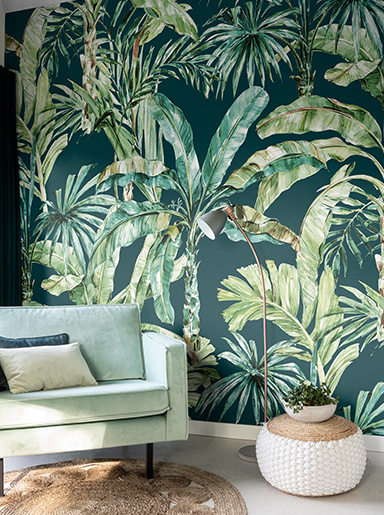 INSPIRATION
INSPIRATION
2. Modern
A modern interior design is usually a complex overlay of careful compositions, well-thought-out functionality and defined lines. It emphasizes clear-cut forms and visual simplicity as well.
Although the style focuses on simplicity, it still conveys beauty and elegance.
Wallpapers with defined lines and uniform patterns and shapes are your best options for your walls.
Floral patterns and nature-inspired wall coverings are excellent products that add a touch of modern look to your living space while effortlessly bringing in the outdoors indoors.
Stripes are also the perfect accouterments in a modern living room. Therefore, vertically and horizontally striped wallpapers are great options.
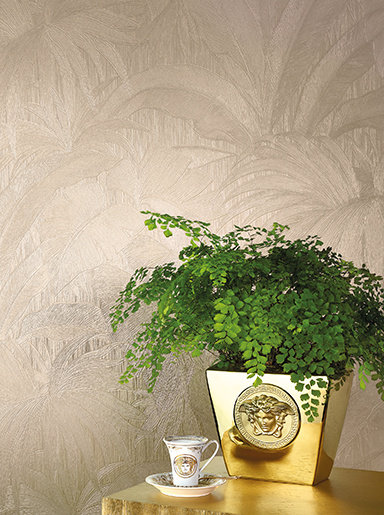 INSPIRATION
INSPIRATION
3. Minimalist
The minimalist interior style was inspired by traditional Japanese design and Zen philosophy.
This theme emphasizes aesthetics revolving around the design’s efficiency. It is free of distractions or clutter and maximizes bold visual impact and the room’s underlying functionality.
Wallpapers with minimal elements and motifs and hushed hues make for excellent living room wall coverings with a minimalist interior design theme.
Additionally, wall coverings with a standout accent or two do well in the room’s design style.
Lastly, wallpapers featuring line repetition and movement are also great options.
Wallpapers with subtle, neutral grain textures and concrete, calico, brick and linen styles or effects are perfect examples of products to decorate your minimalist living room’s walls.
You can also go for a plain wallpaper with warm, neutral tones.
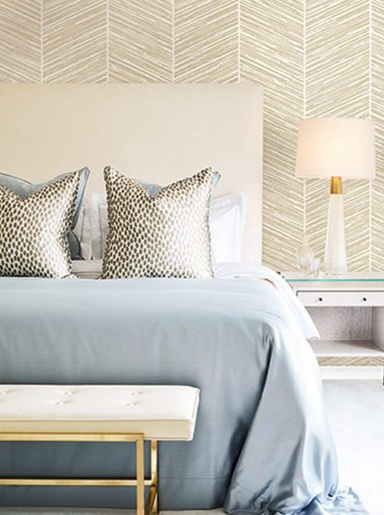 INSPIRATION
INSPIRATION
4. Scandinavian
The Scandinavian interior design style emphasizes simplicity and functionality; however, it also adds warmth and coziness to the concept.
This theme embodies a color palette teeming with black, white, gray, and blue tones. An occasional vibrant hue can be added to bring visual appeal and respite to the design.
Wallpapers with this theme feature these hues as well as rounded contours and silhouettes and organic textures.
For Scandinavian-inspired wall coverings, you won’t go wrong with abstract geometric shapes, flowers and leaves.
Wallpapers with stripes and trees and a wooden look go well with a Scandinavian interior design.
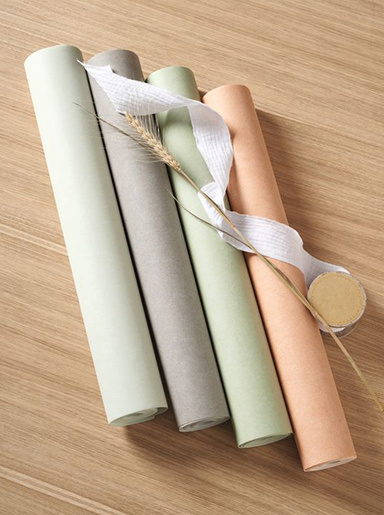 INSPIRATION
INSPIRATION
5. Industrial
The industrial interior design style focuses on the raw beauty of different building parts and transforming them into something more appealing and functional.
These elements include columns, beams, ducts and pipes.
Although this interior design may seem too modern and trendy to some people, when done correctly, it can be rustic and pleasing.
Popular colors that convey an industrial design theme include warm and neutral tones, such as shades of red, brown and gray. However, white, blue and black are also popular hues.
Wallpaper designs that imitate bricks, cement structures, rough concrete and dilapidated plaster can complete your industrial-themed living room.
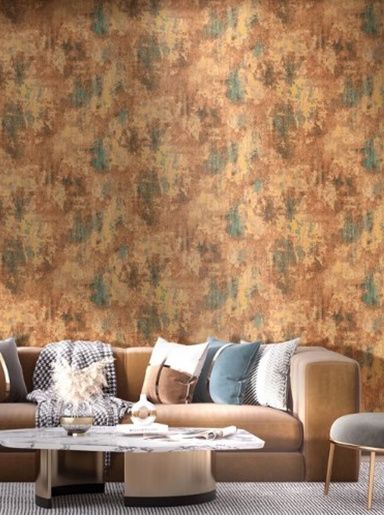 INSPIRATION
INSPIRATION
6. Traditional
This interior design style represents region- and age-specific looks and finishes. Examples of these include classic Victorian, French and European décor.
Traditional or classic interior designs are known for their features and furniture with interesting silhouettes. However, their backdrops, which your wallpaper should exemplify, are typically simple and light, with vibrant colors and lines that add classical opulence to the room.
Black and white patterns are also popular motifs for this type of design style.
Wallpapers with traditional designs are often intricate and elaborate that catch the eye and evoke awe. Popular patterns include damask, floral stripes, vines, paisley, and acanthus scroll.
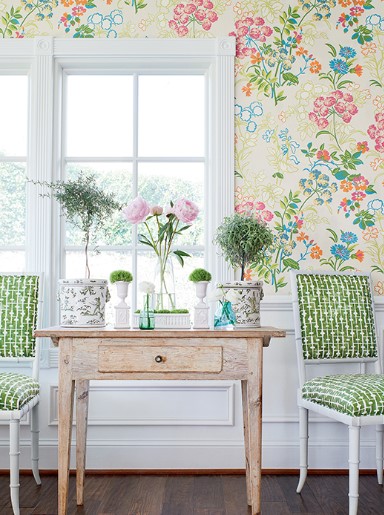 INSPIRATION
INSPIRATION
Custom Wallpaper Mural
If you want to install a wallpaper mural in your living room with any of these themes, you need to have it customized.
First, prepare a photo of the design. Next, measure the wall you will cover and take note of the measurements.
You then have to choose the type of mural you want to be made. This can be peel and stick, self-adhesive, or paste the wall or paper.
Lastly, contact us to start the wallpaper customization process. We provide custom wall mural printing based on your preferred design and size created by a team of expert technicians and studio designers.



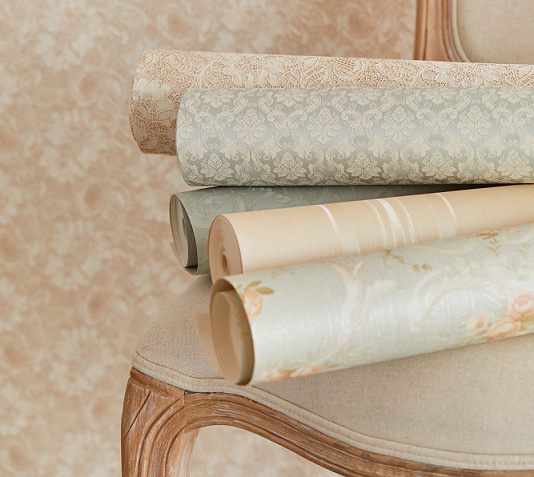
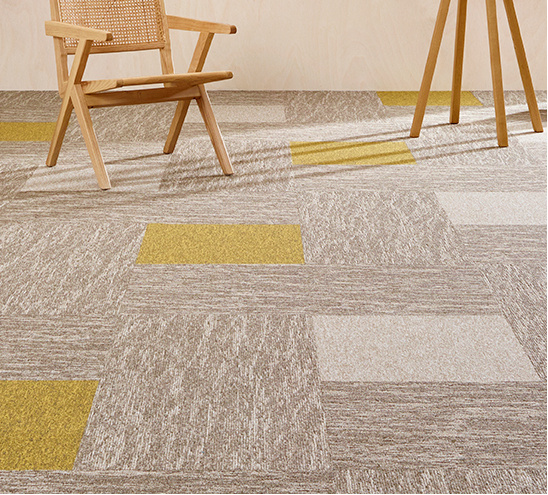
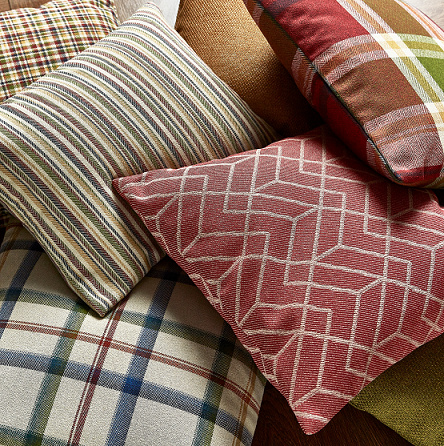
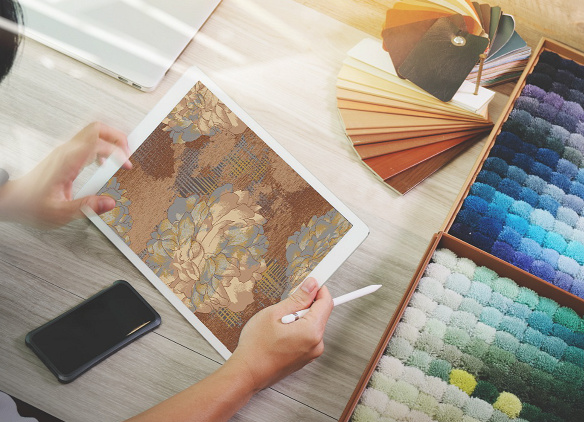

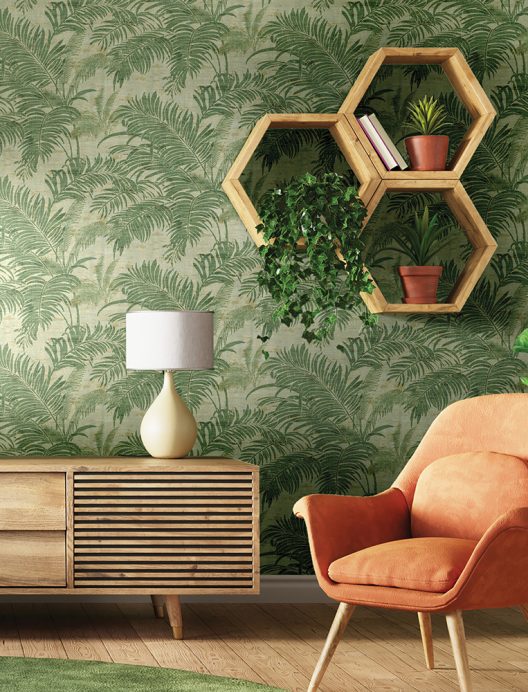
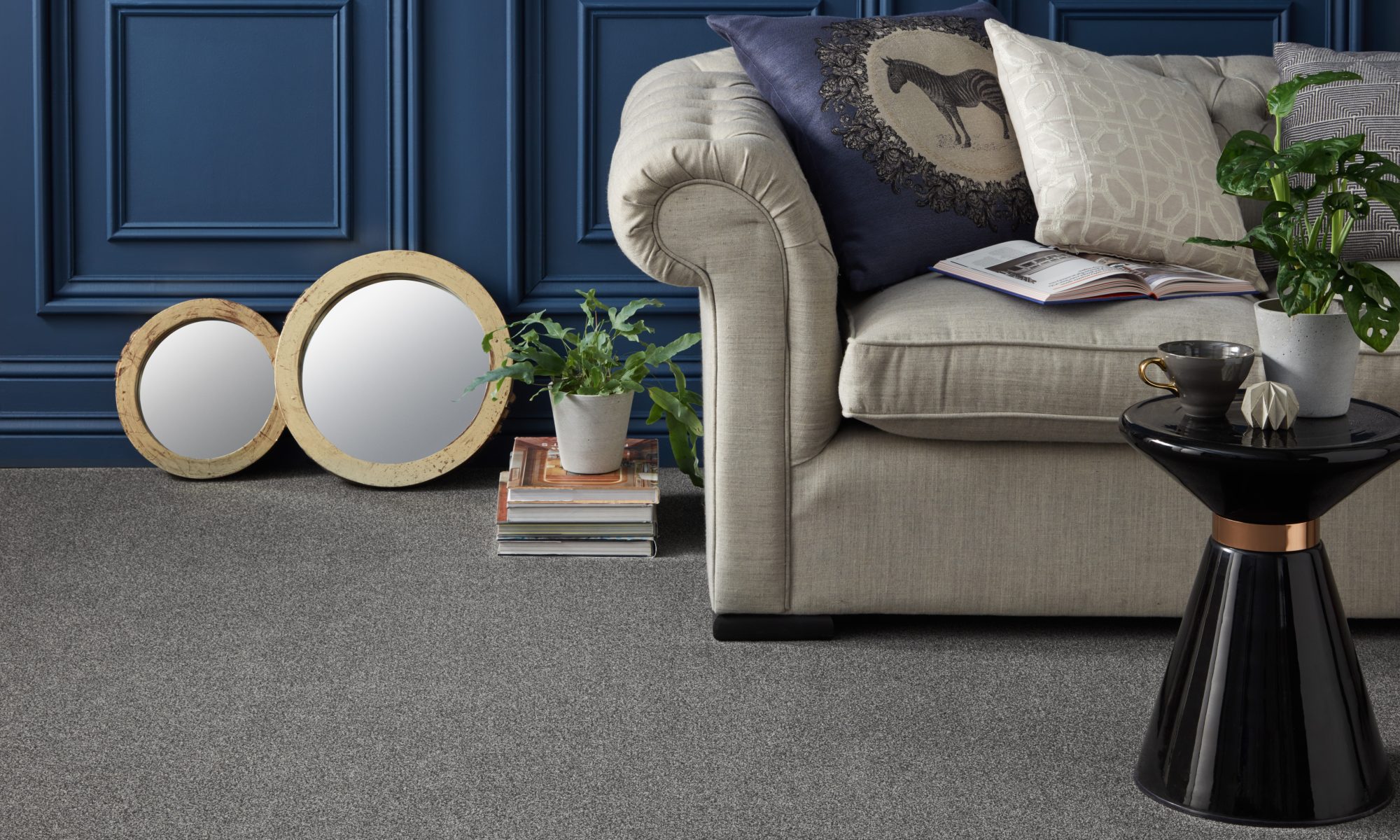
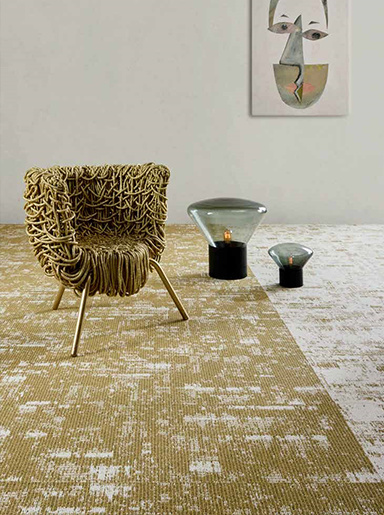 INSPIRATION
INSPIRATION
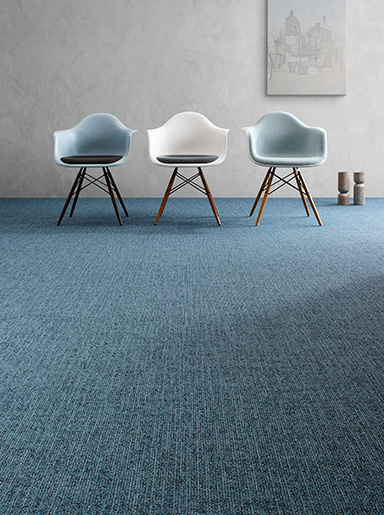 INSPIRATION
INSPIRATION
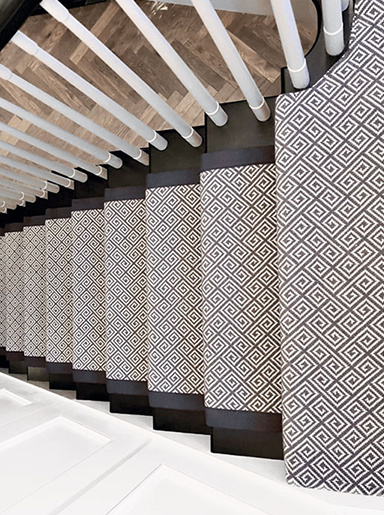 INSPIRATION
INSPIRATION
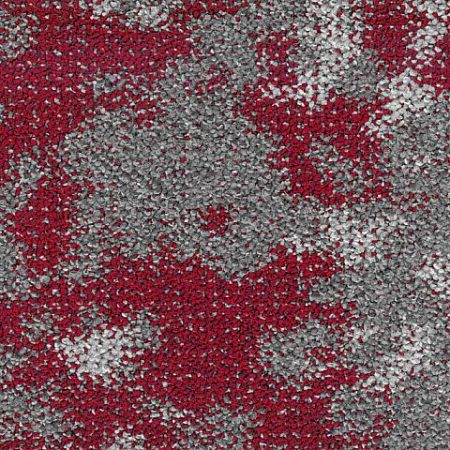 INSPIRATION
INSPIRATION
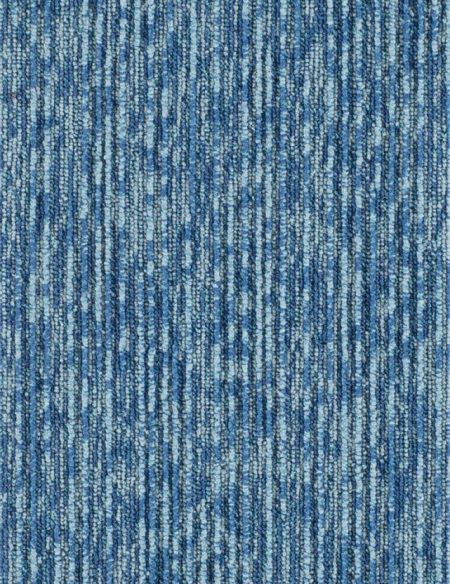 INSPIRATION
INSPIRATION
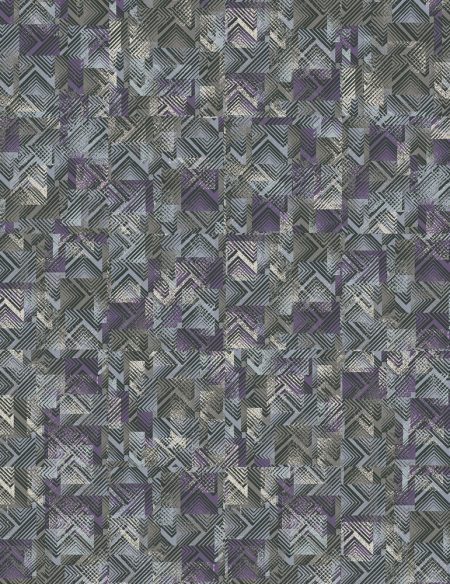 INSPIRATION
INSPIRATION
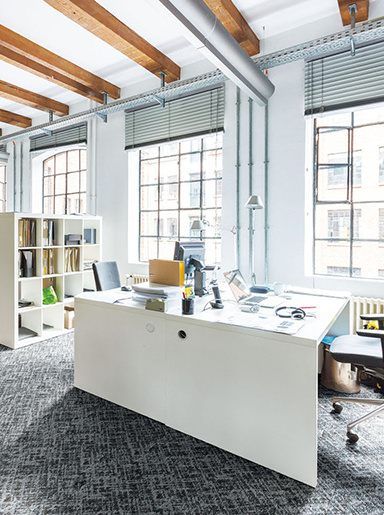 INSPIRATION
INSPIRATION
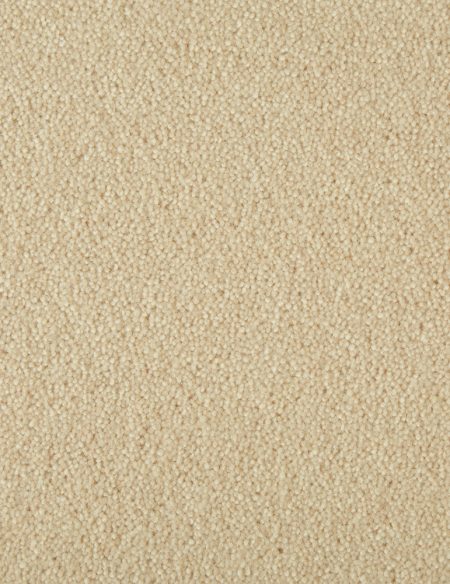 INSPIRATION
INSPIRATION
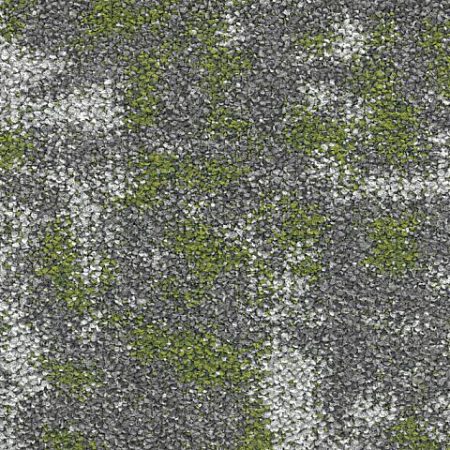 INSPIRATION
INSPIRATION
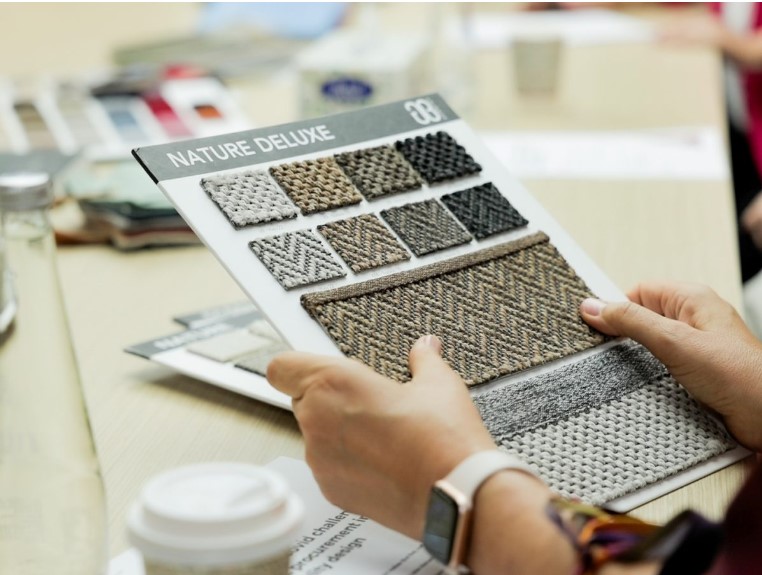
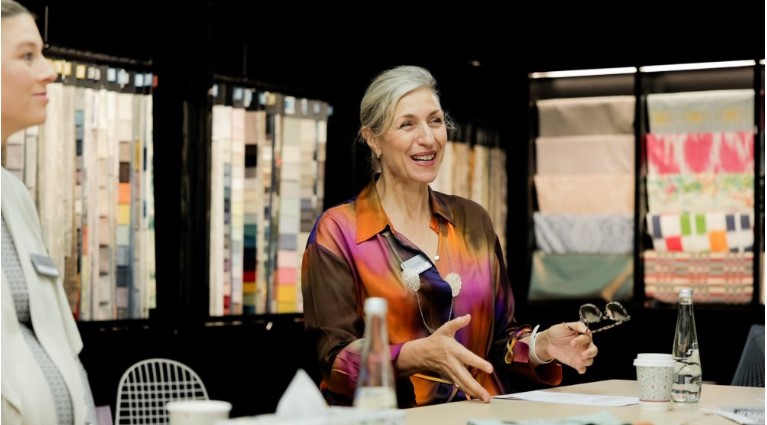
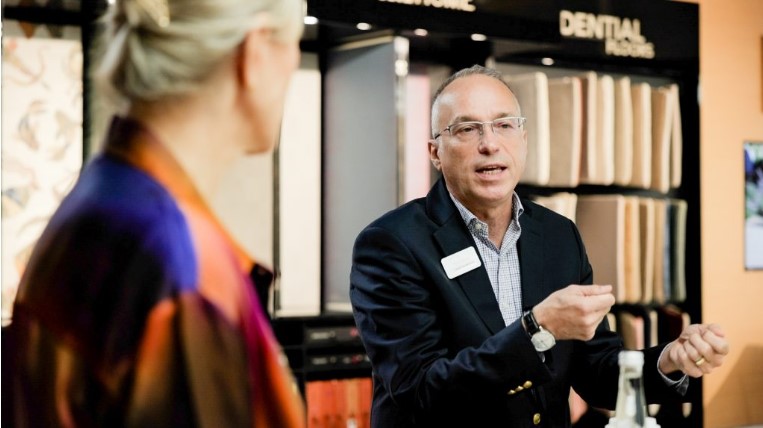
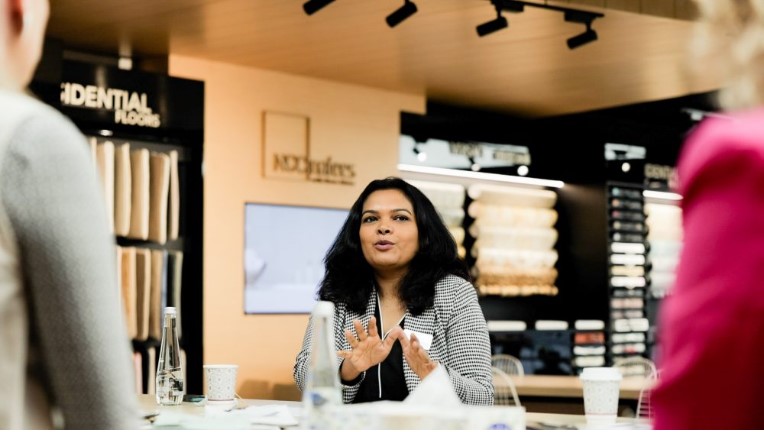
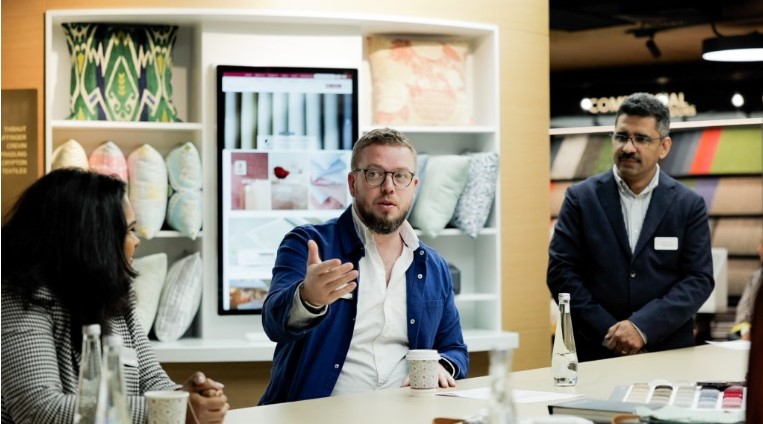

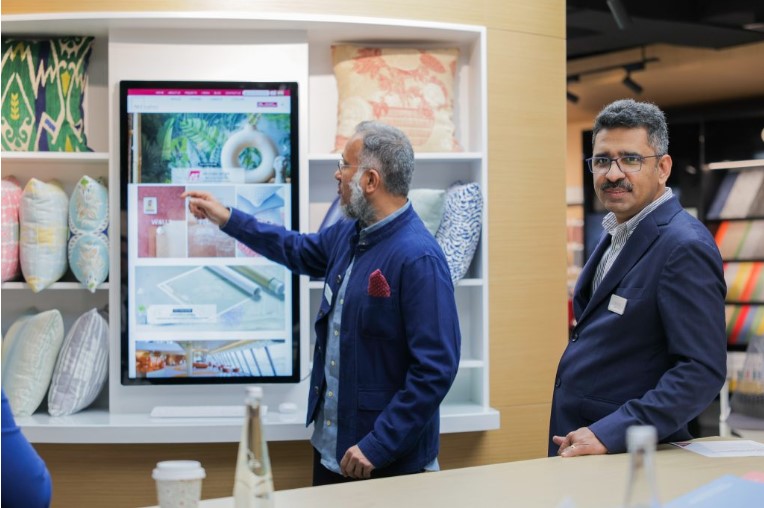
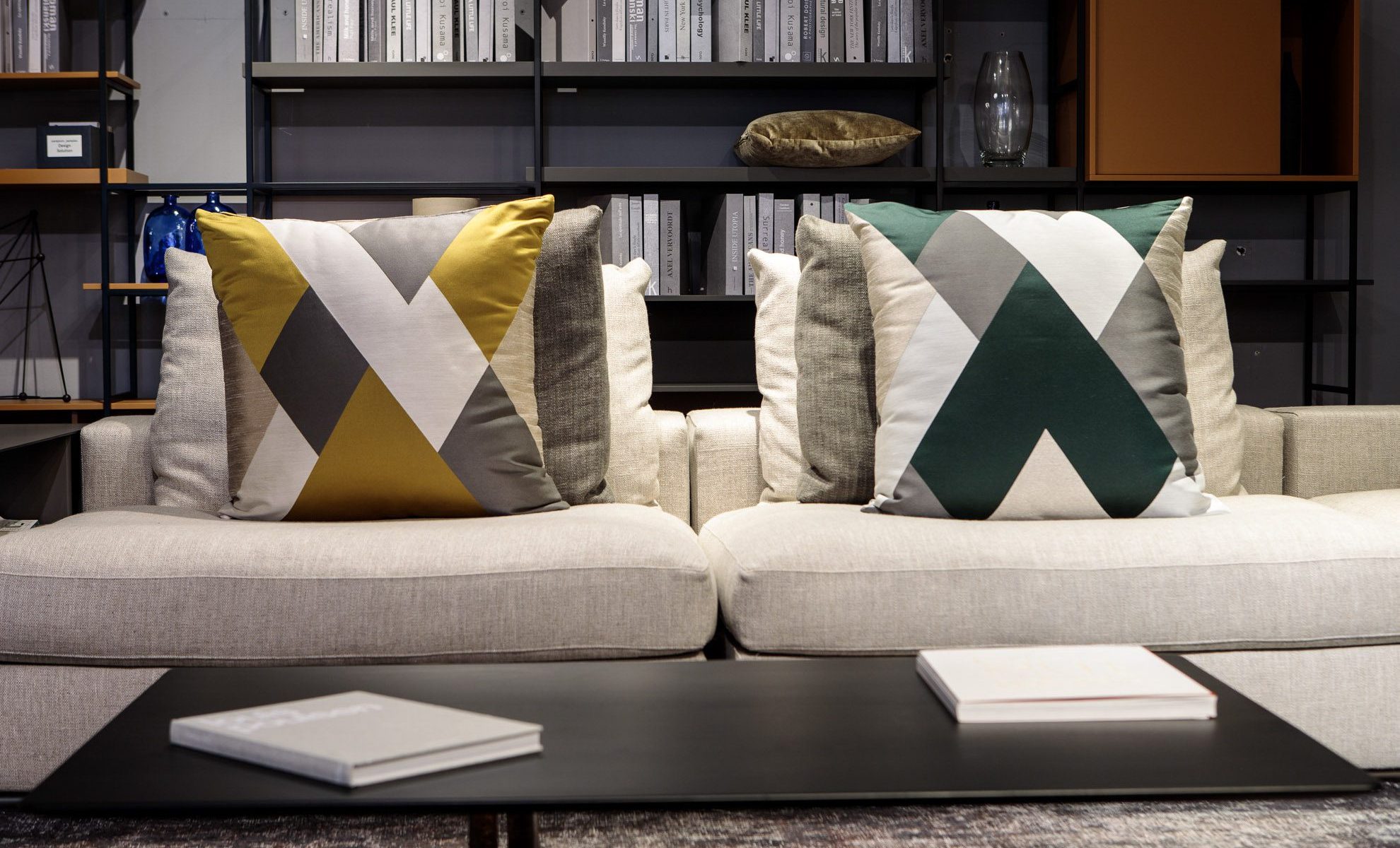
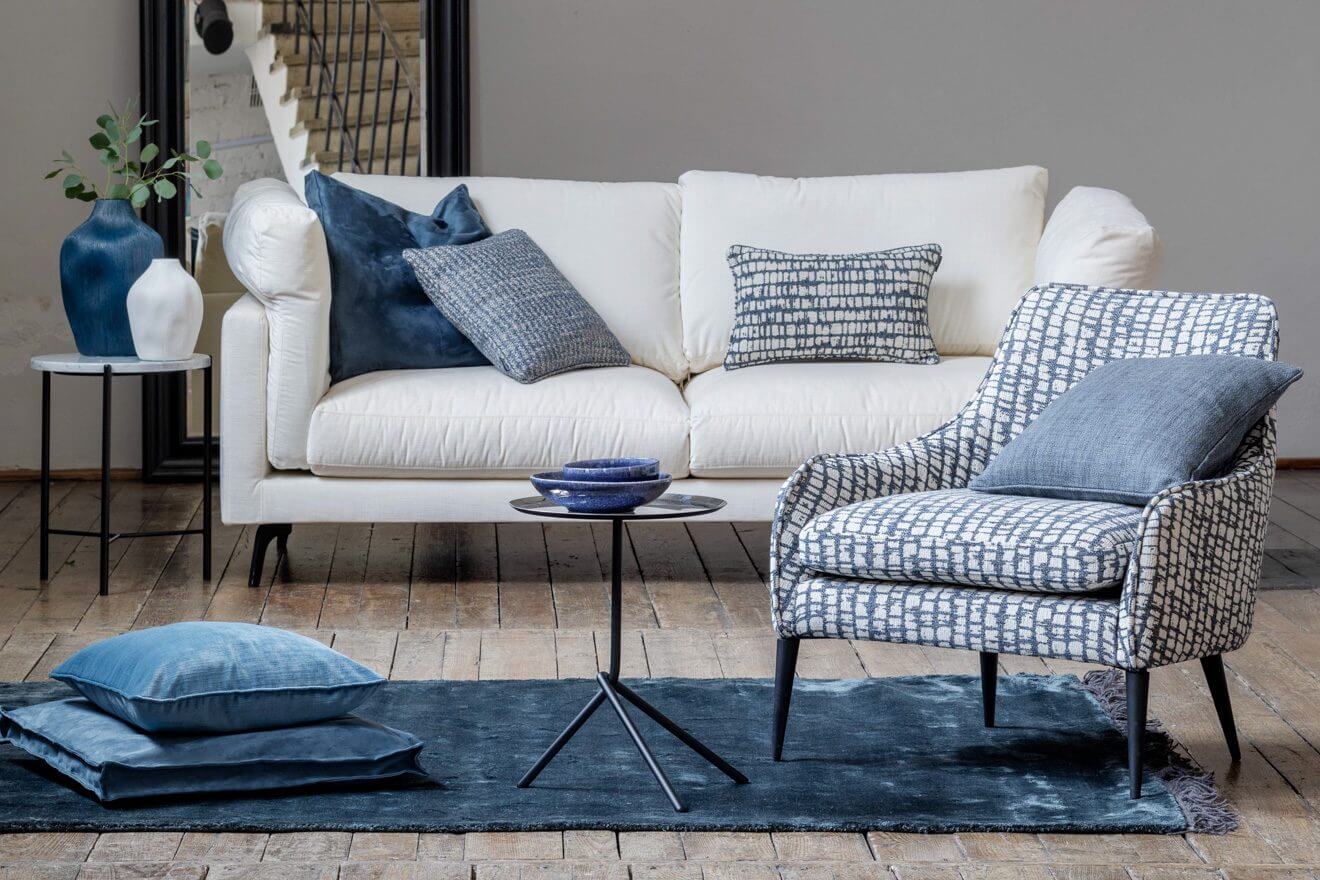
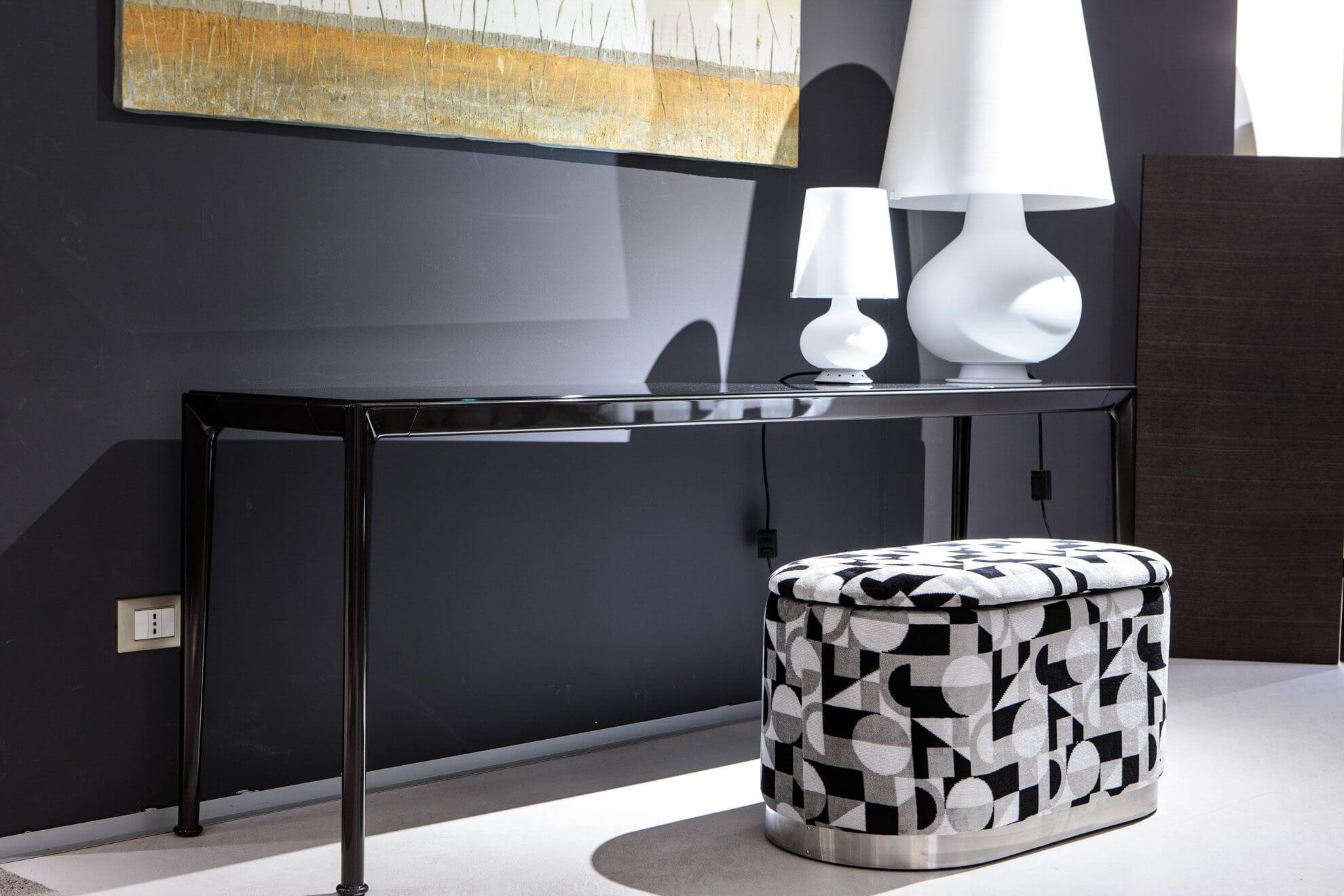
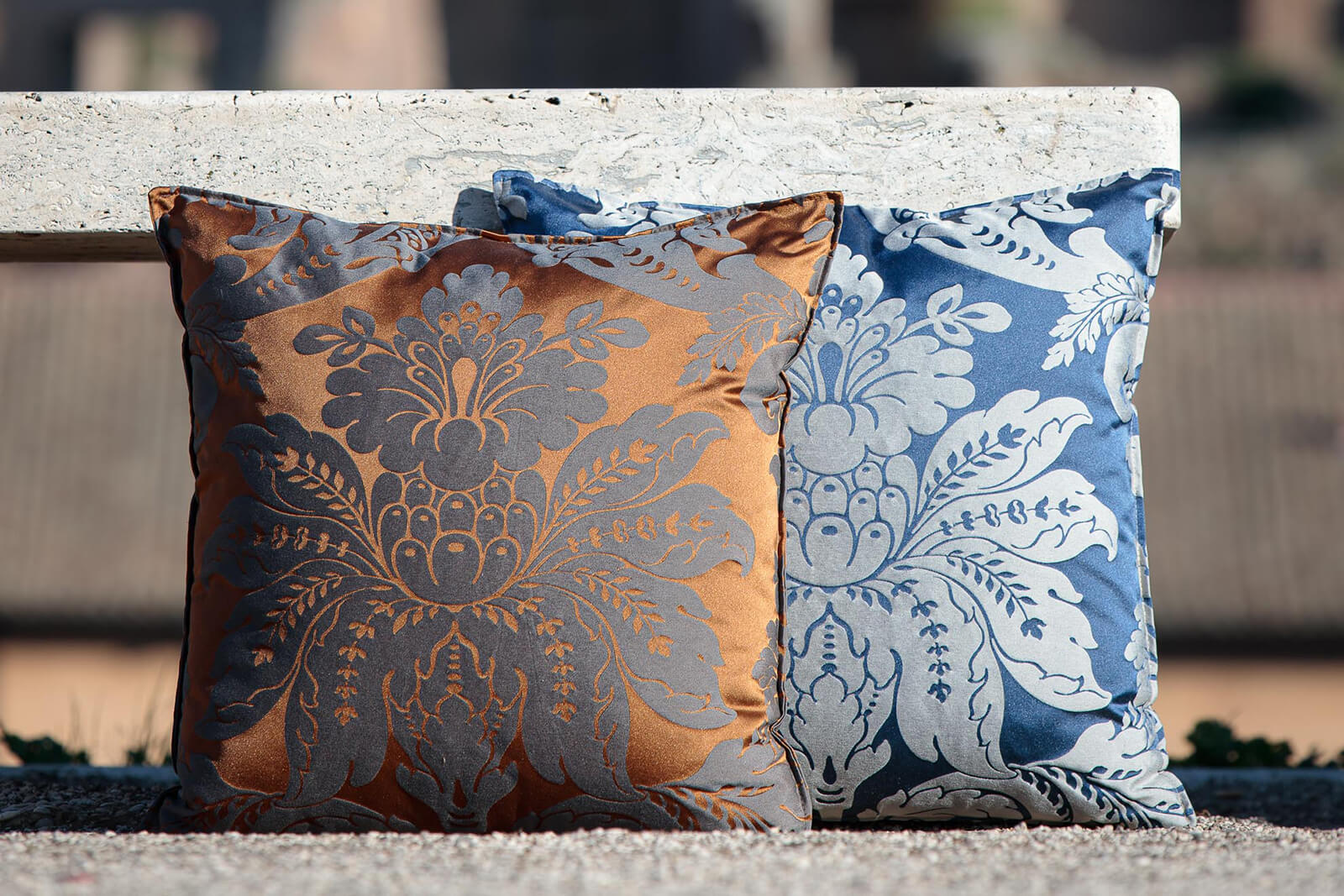
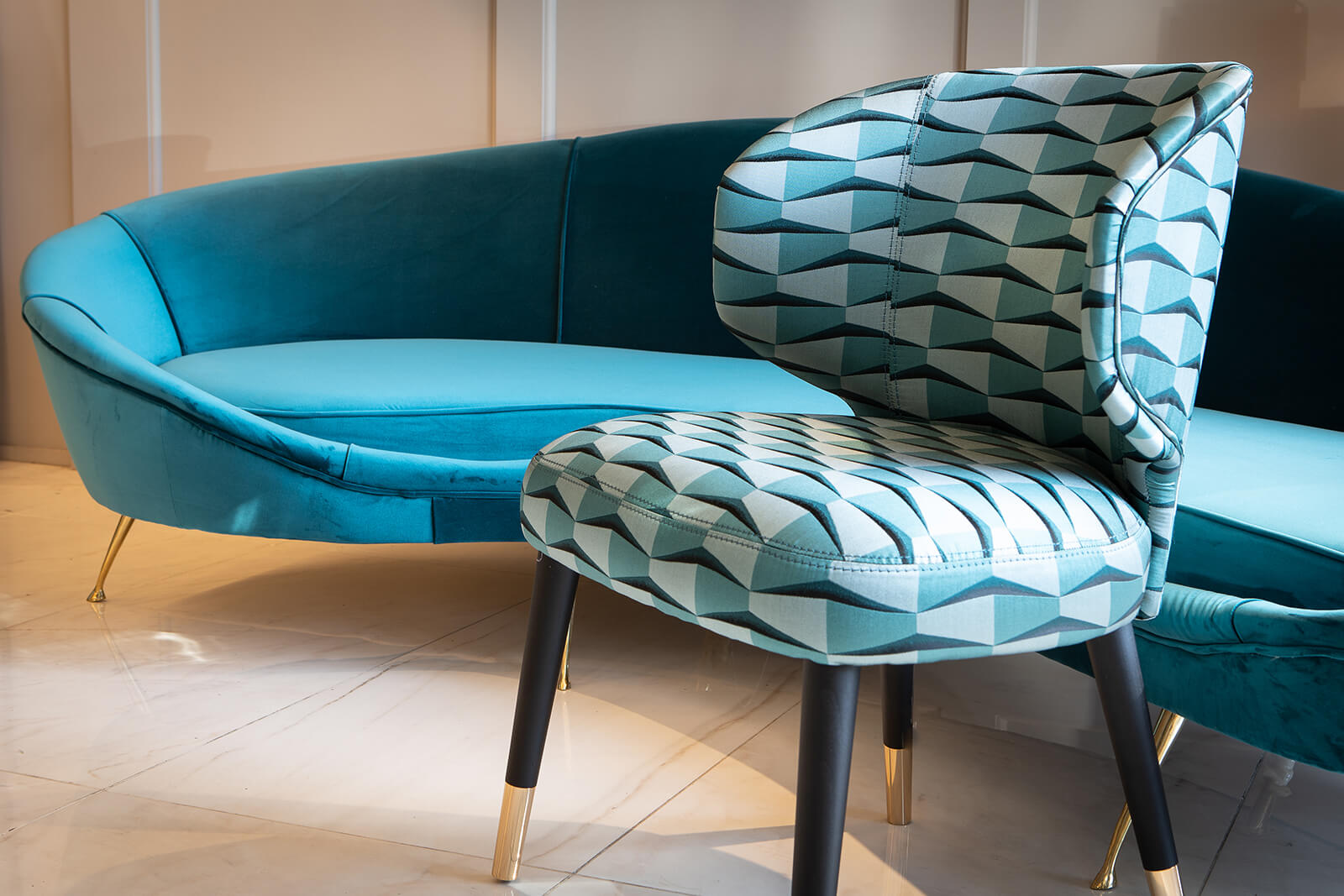
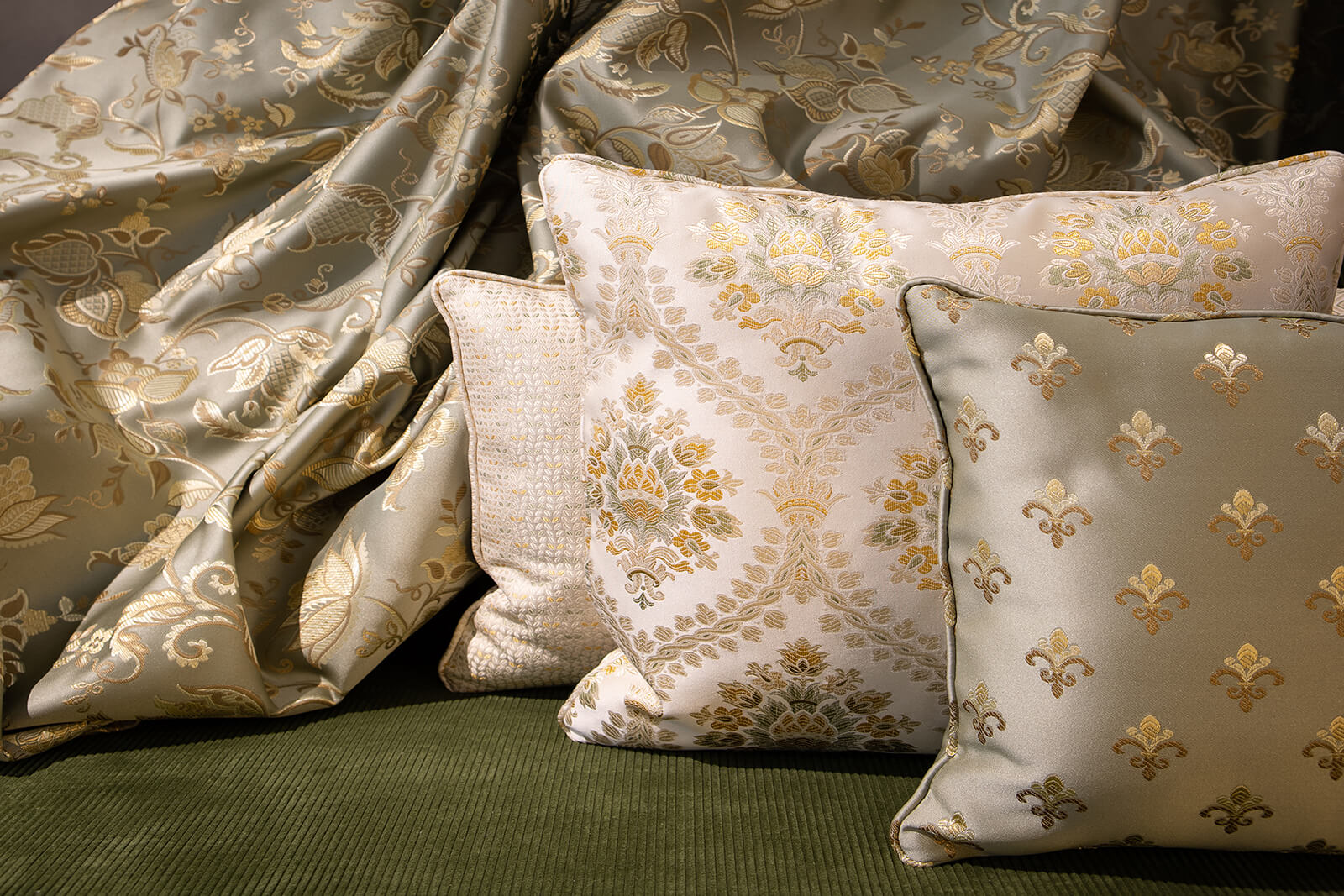
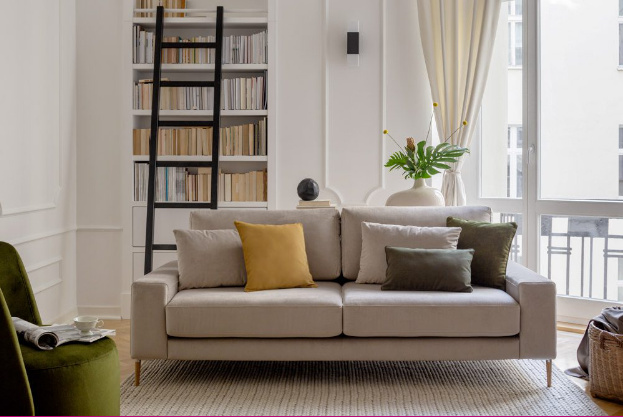
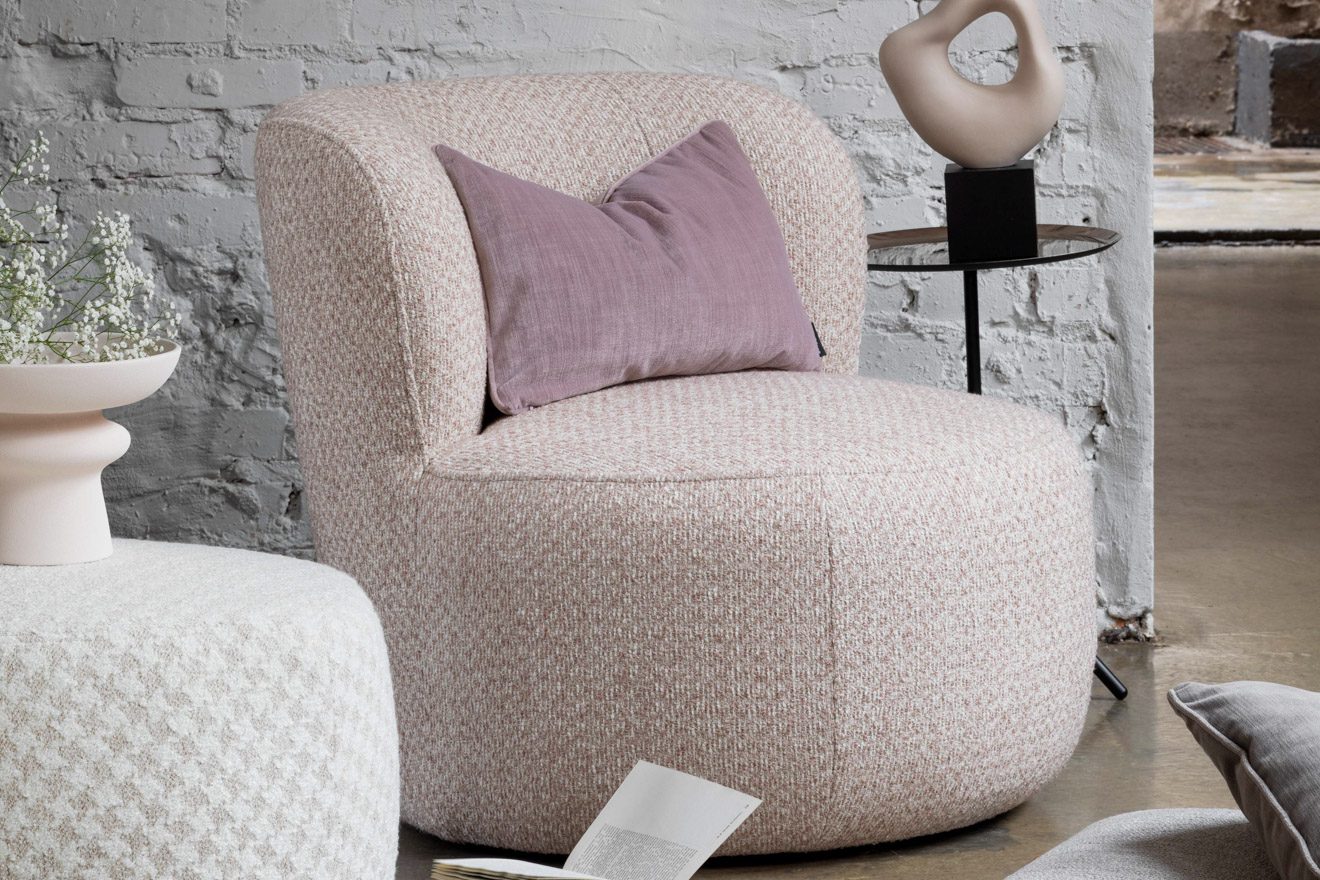
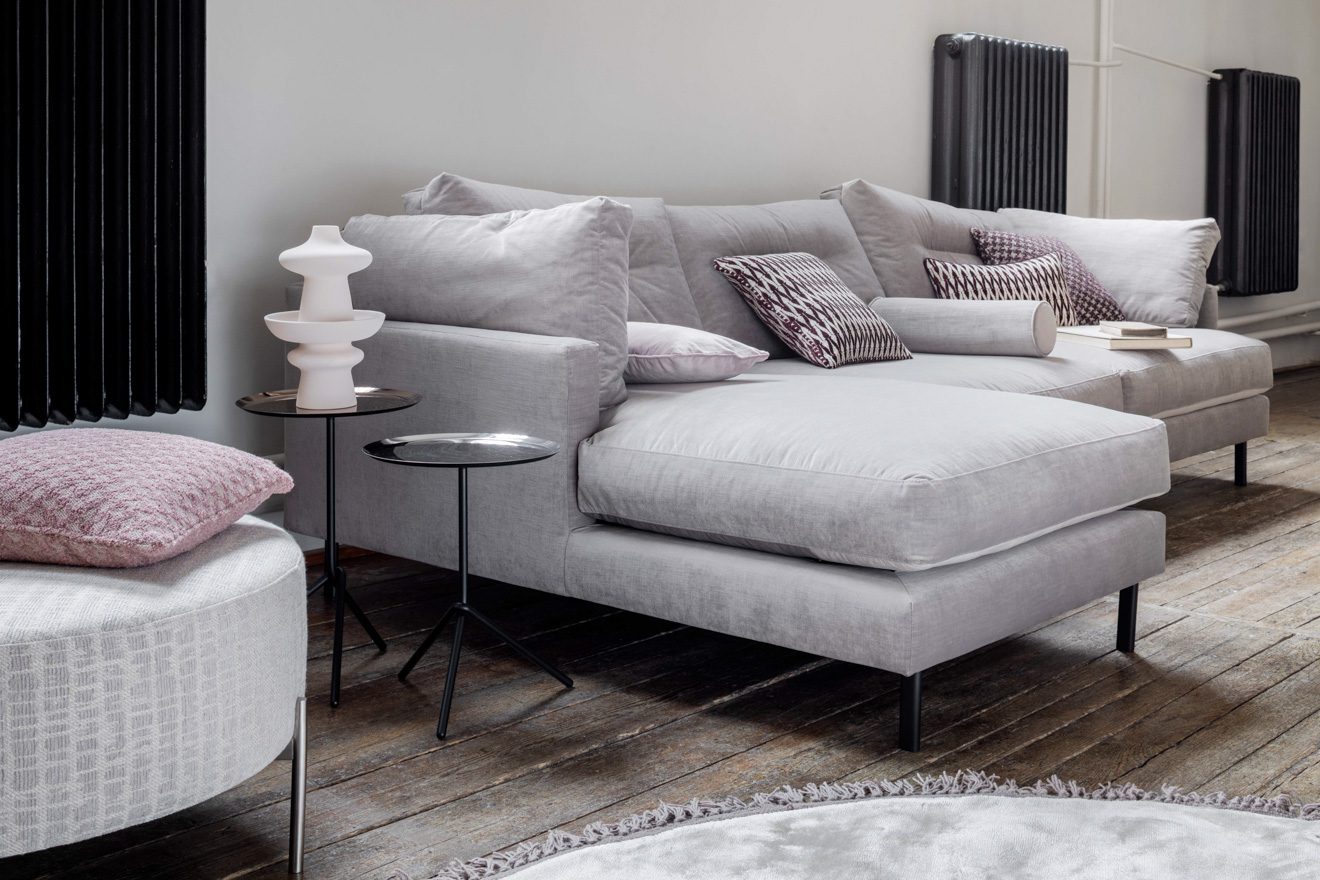
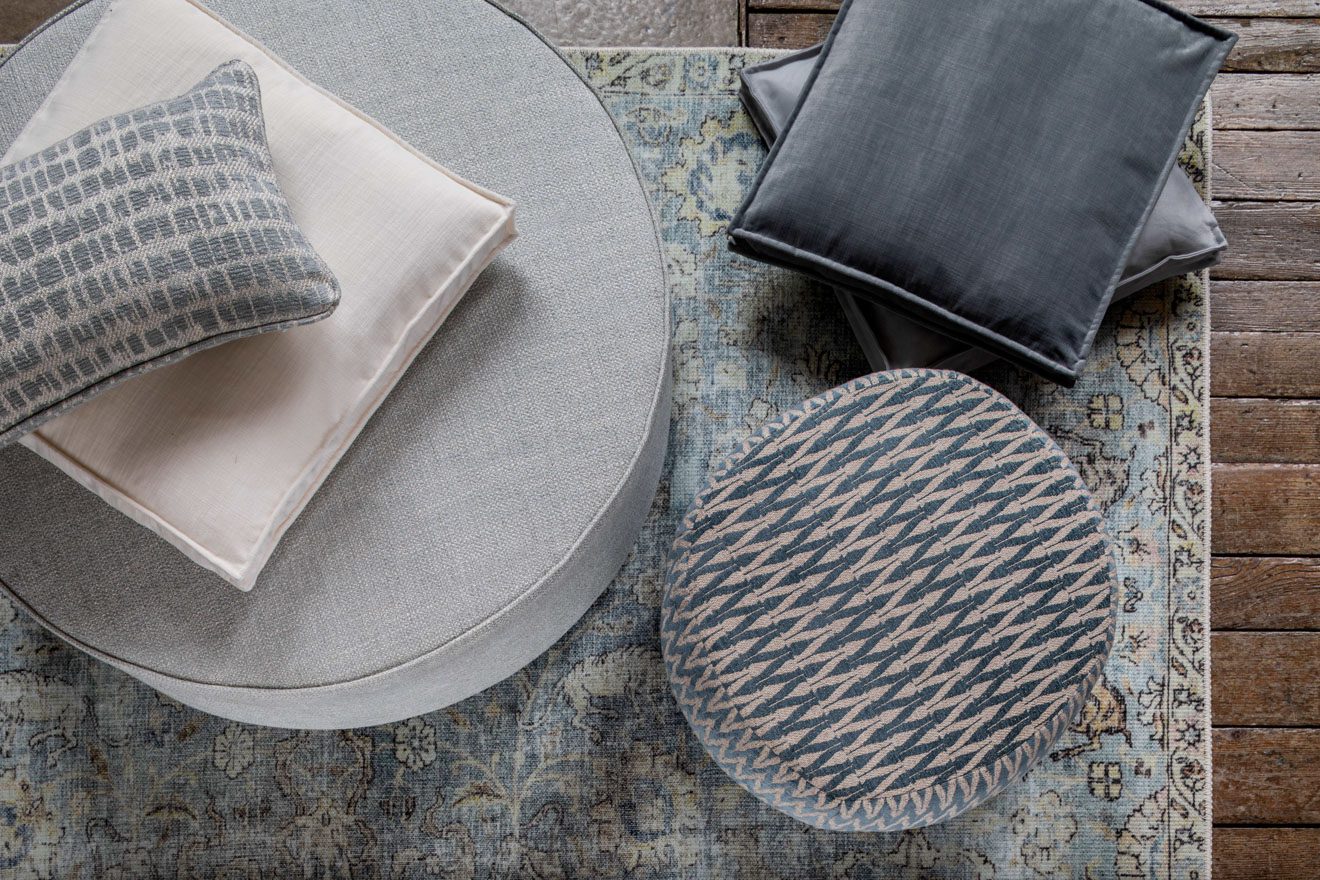
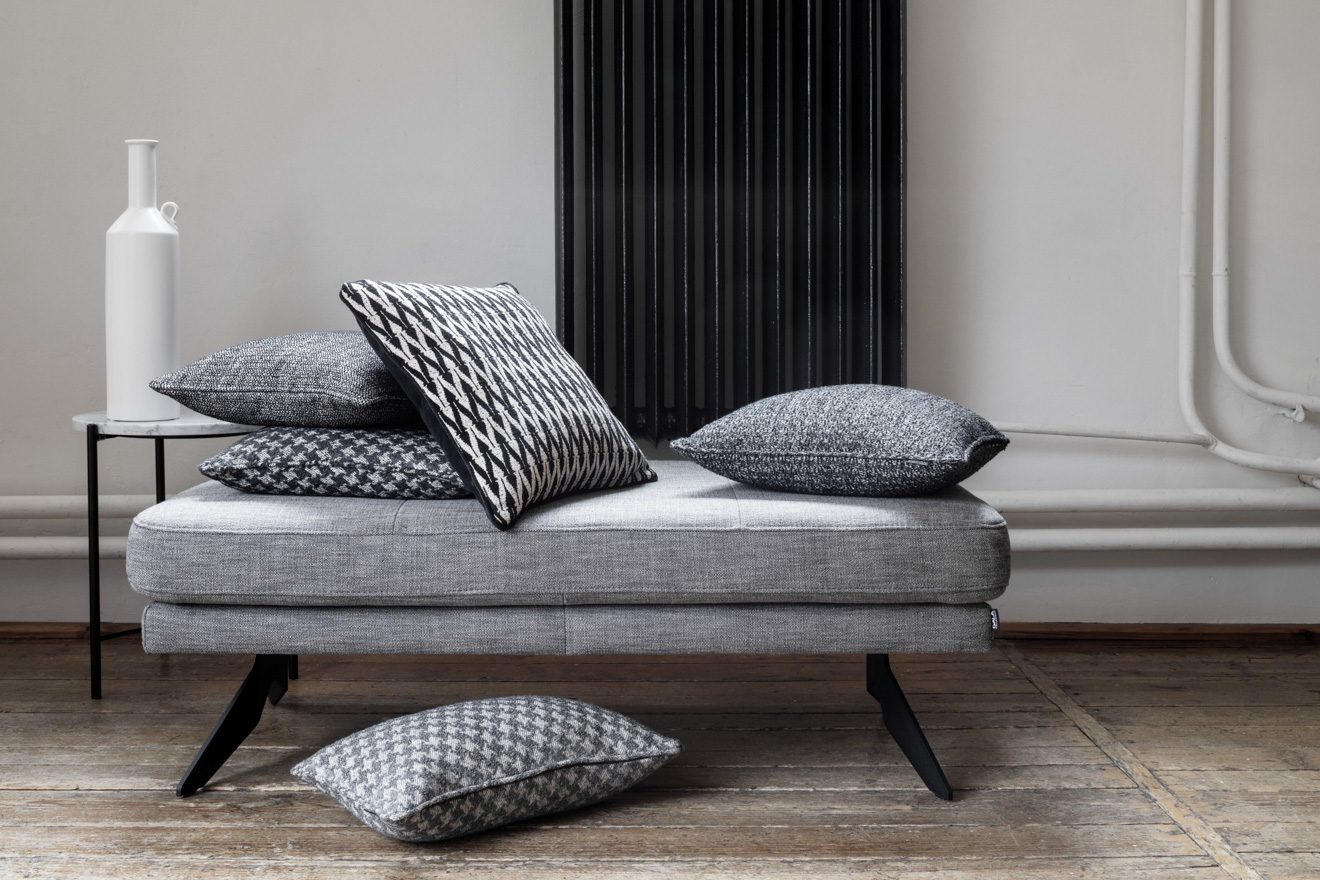
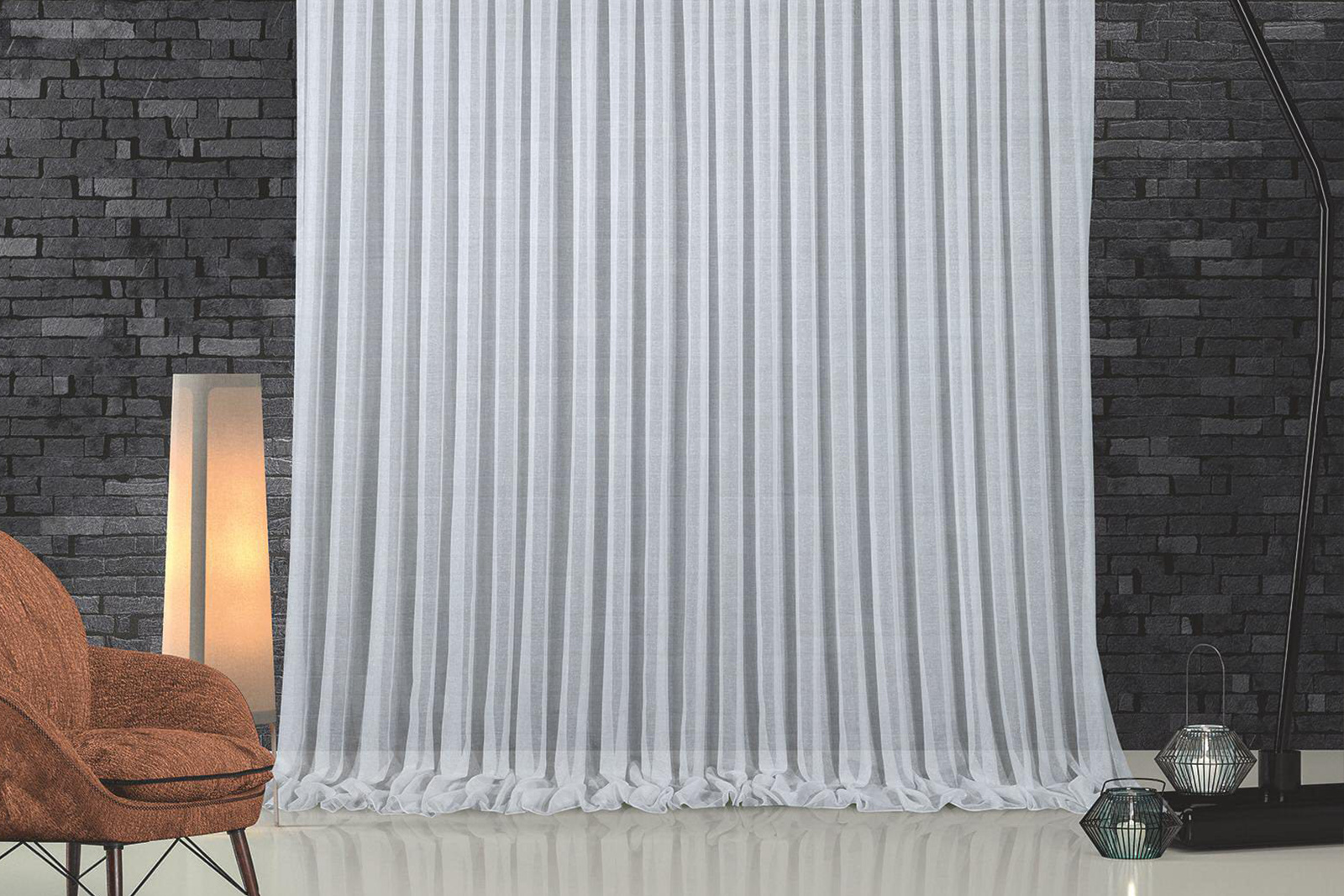
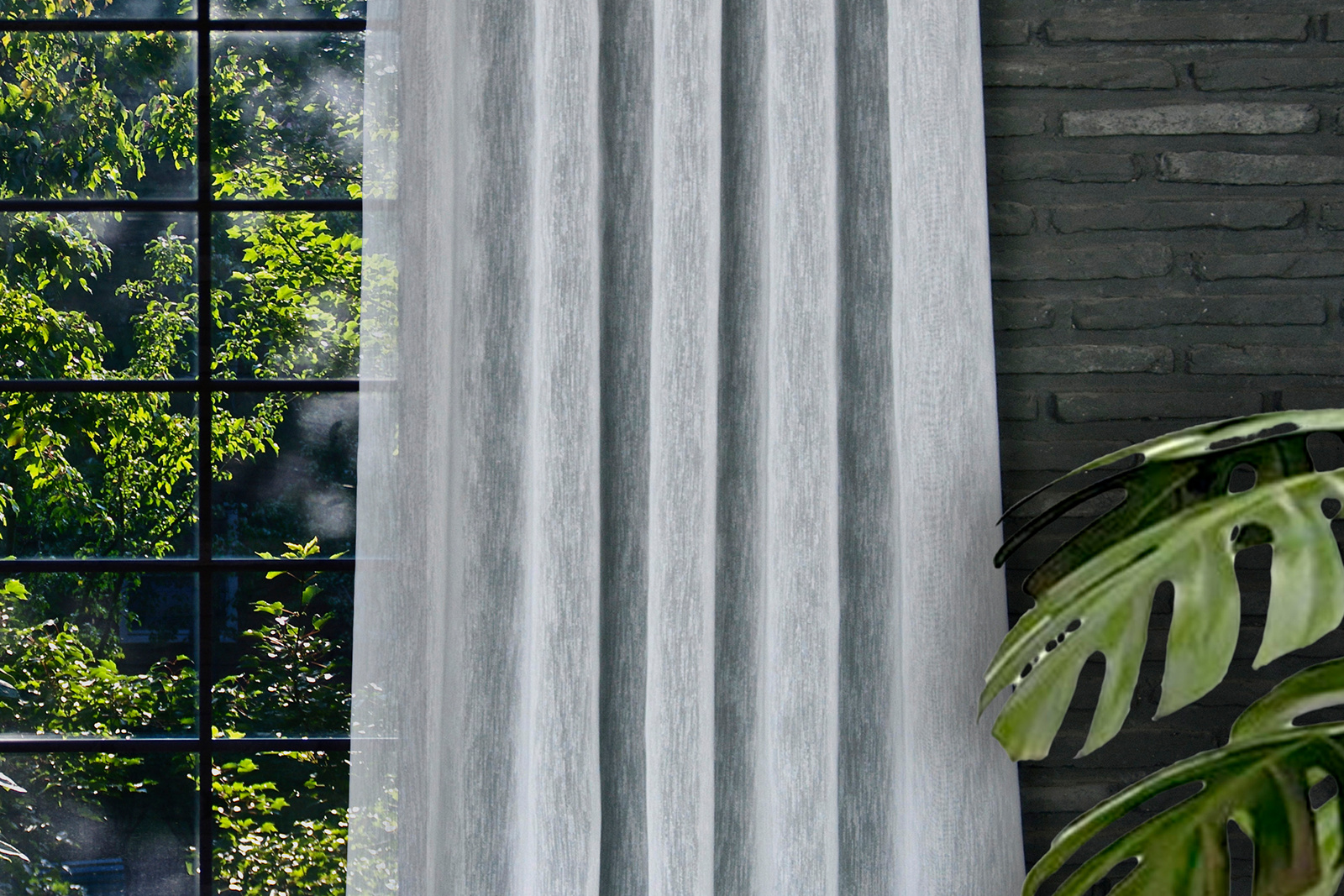
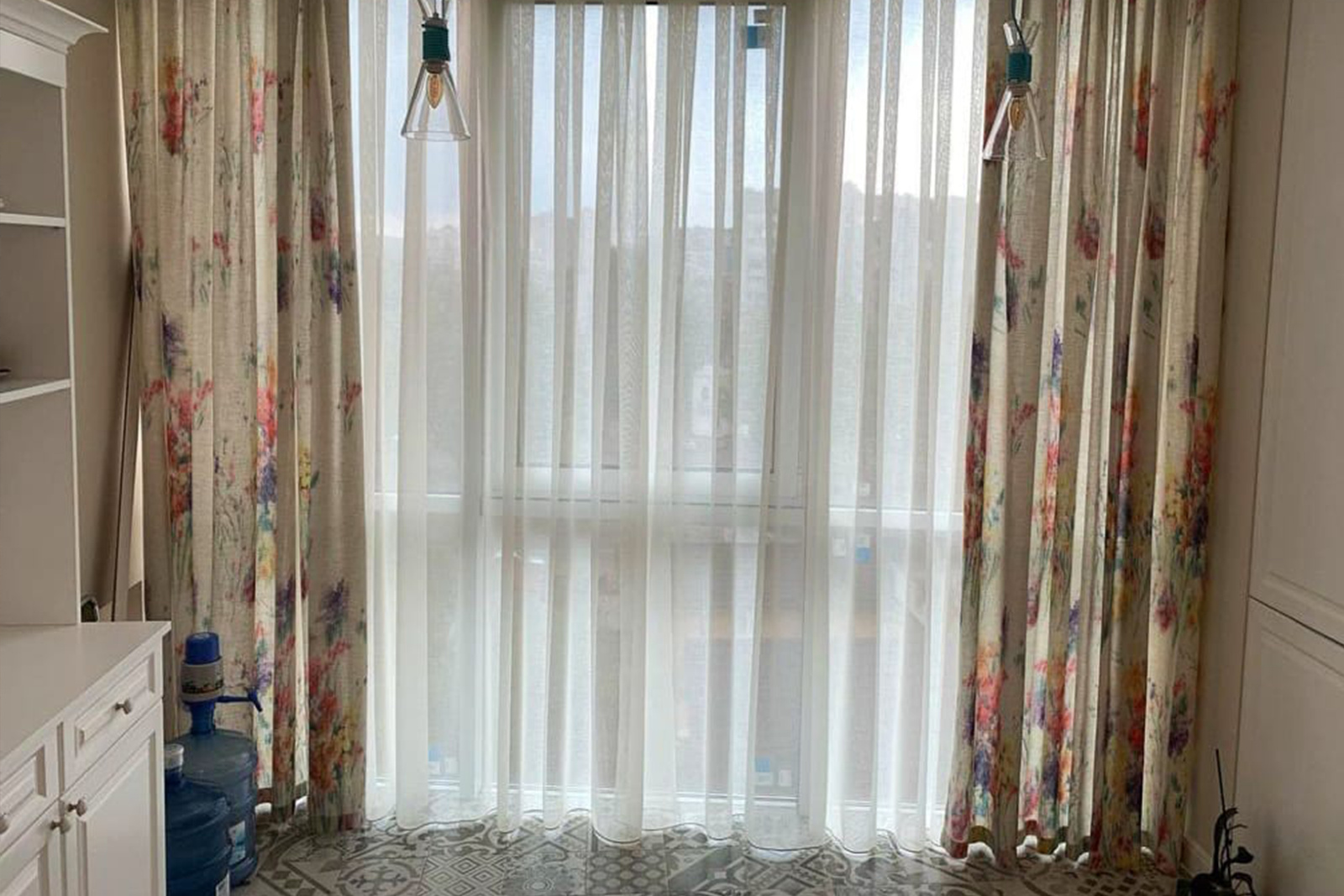
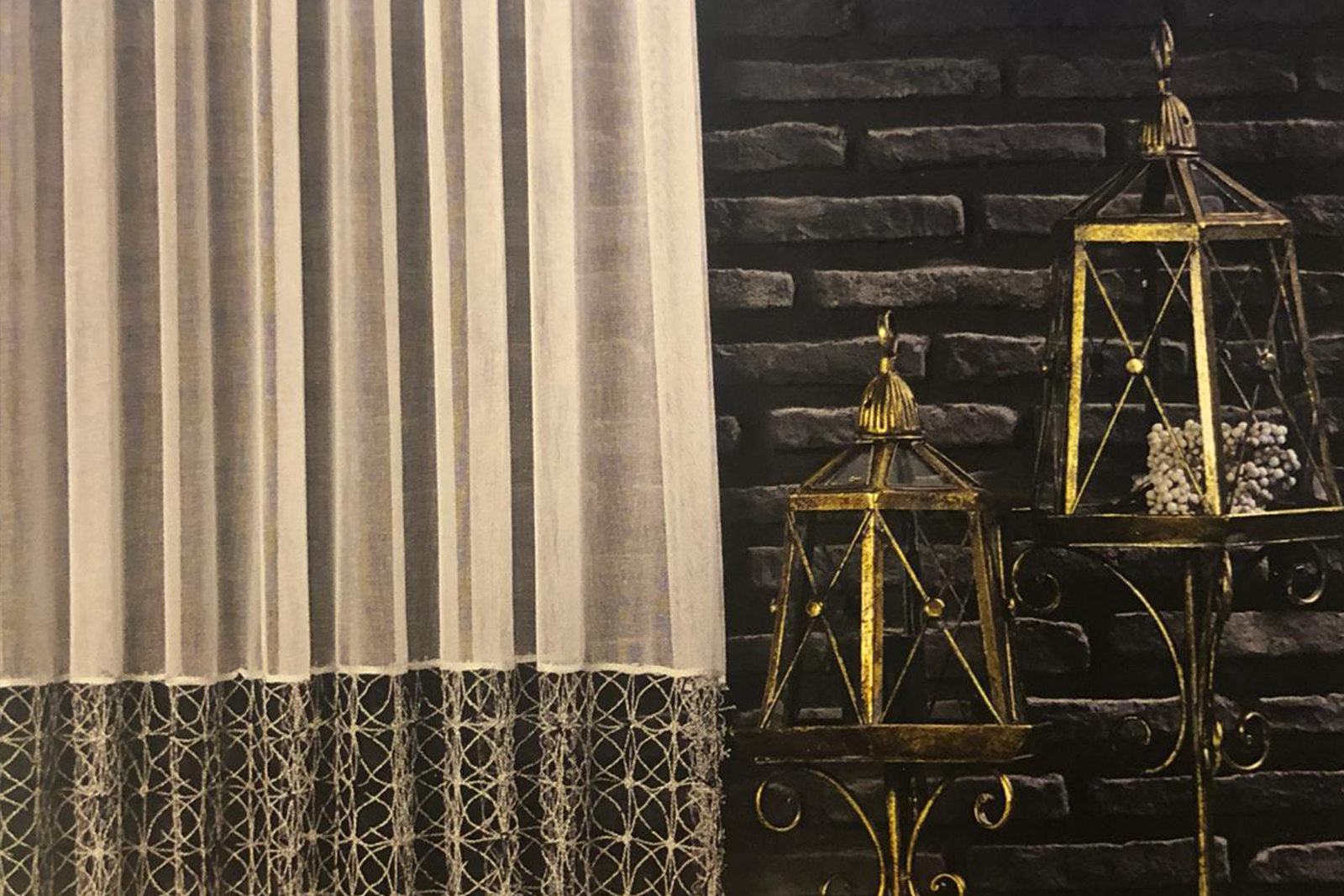





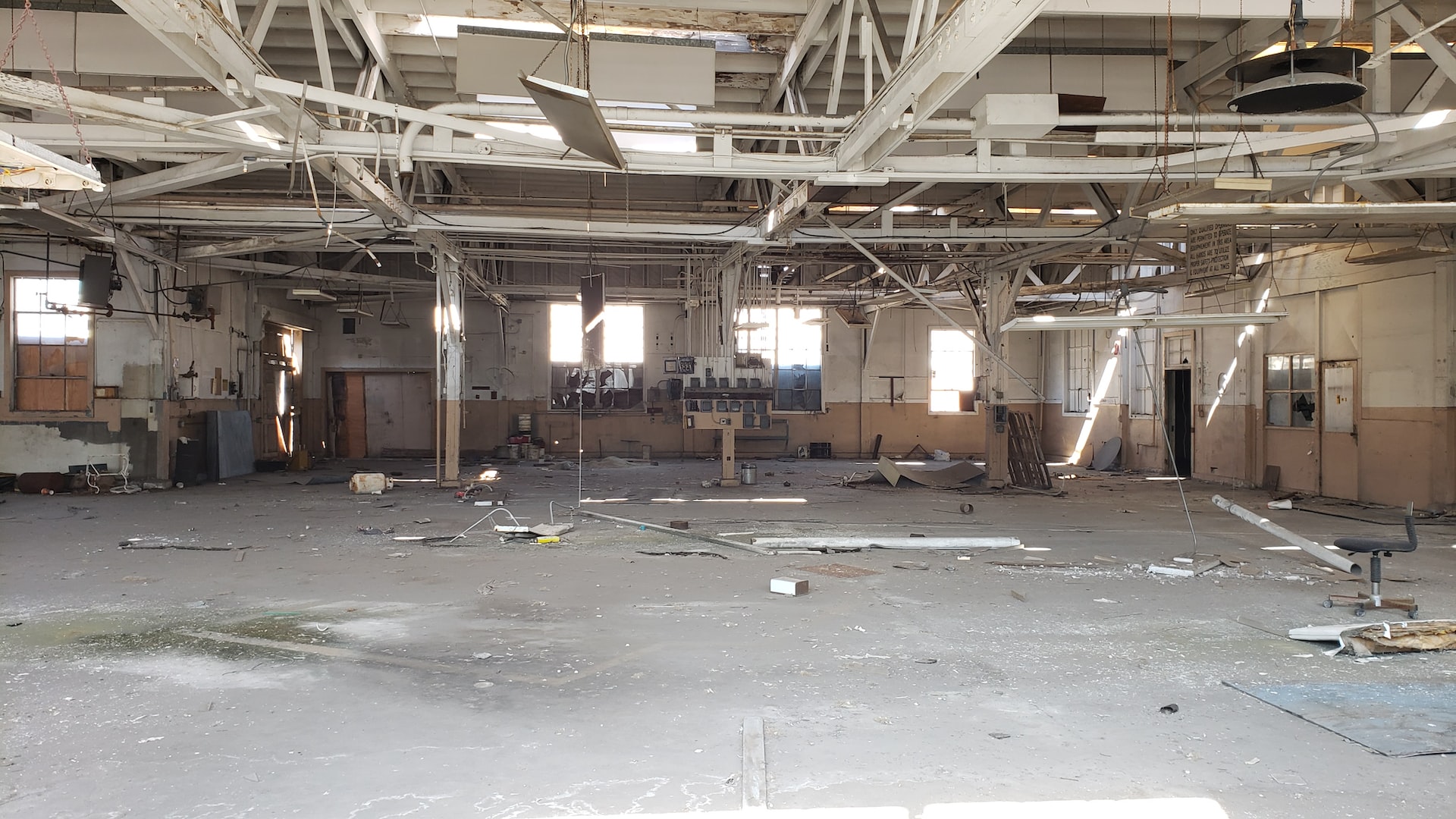
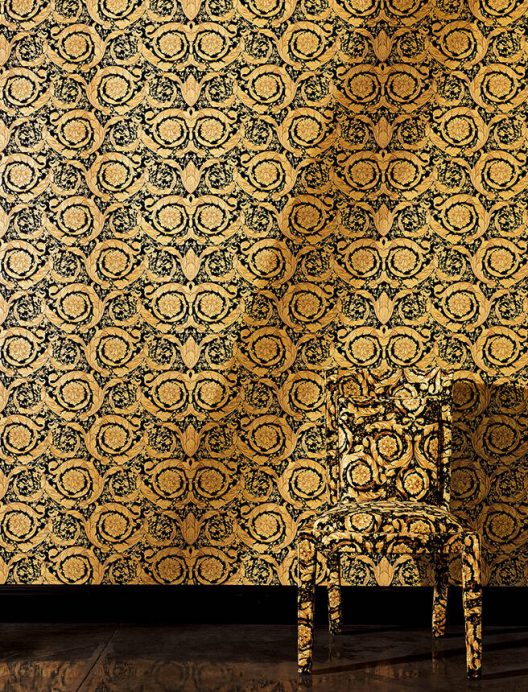 INSPIRATION
INSPIRATION
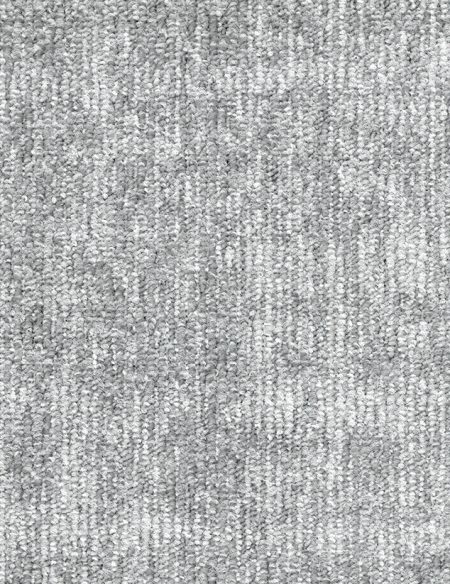 INSPIRATION
INSPIRATION
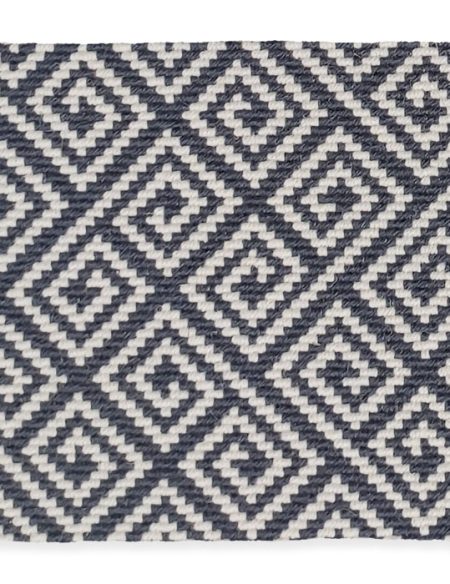 INSPIRATION
INSPIRATION
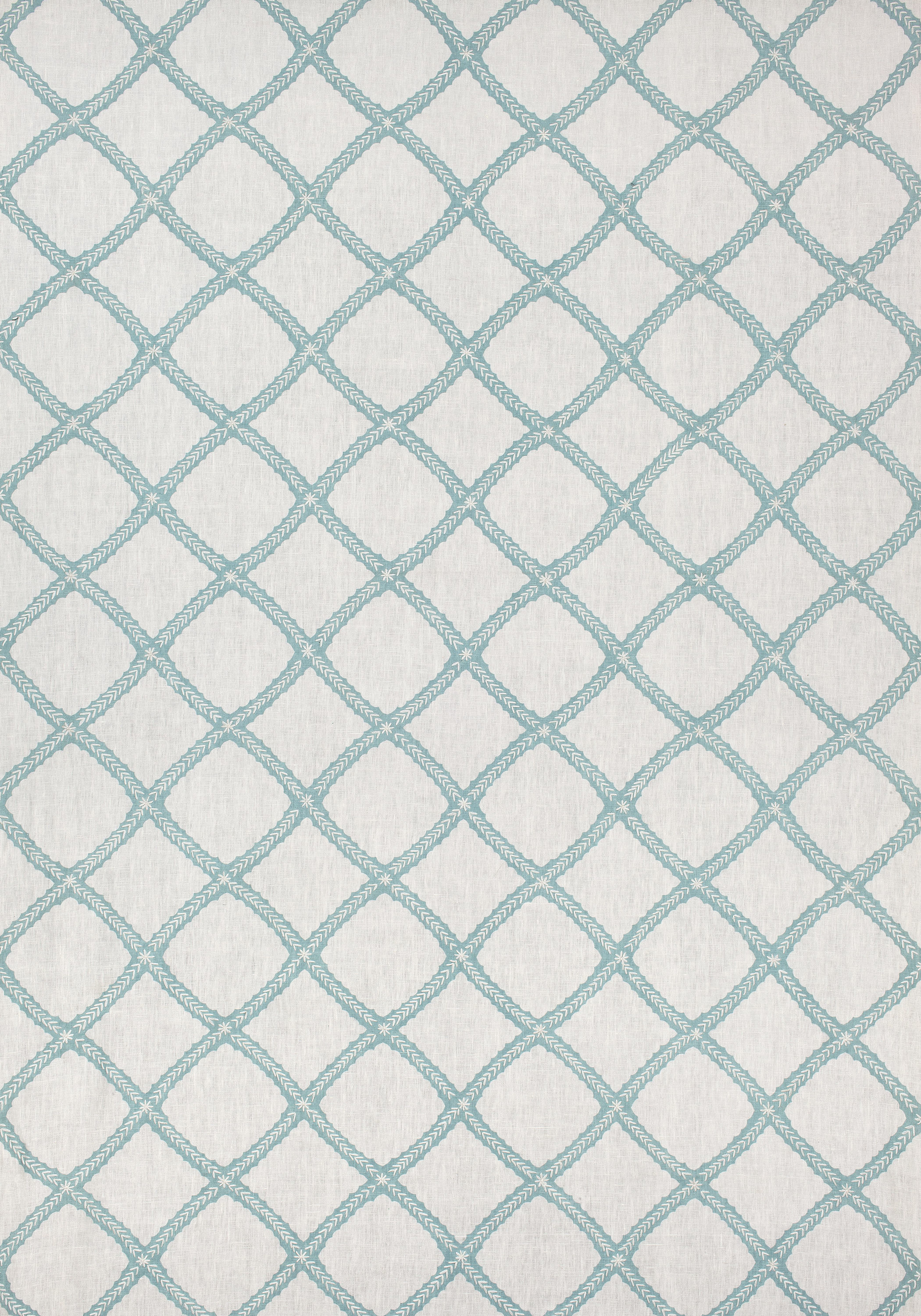 INSPIRATION
INSPIRATION
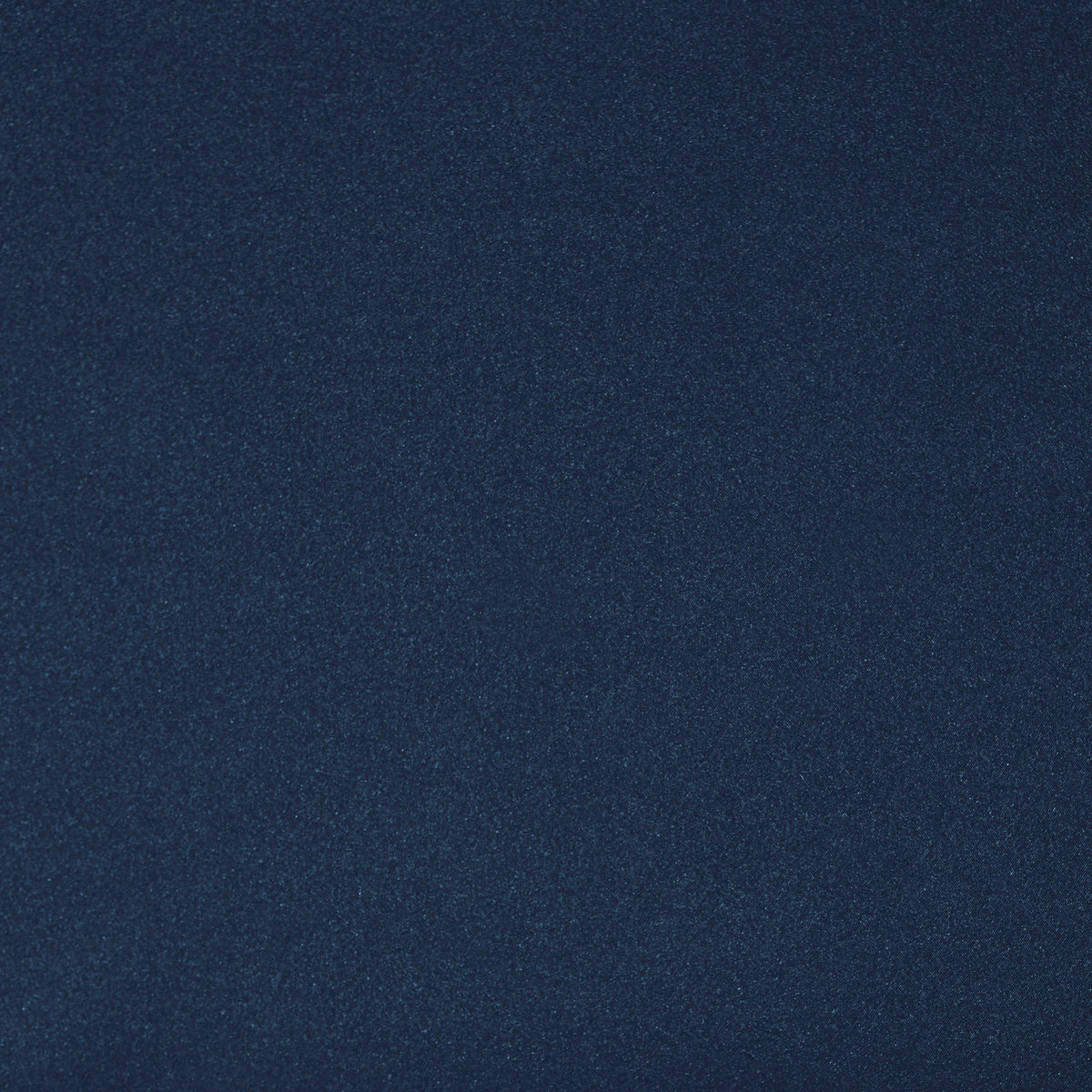 INSPIRATION
INSPIRATION
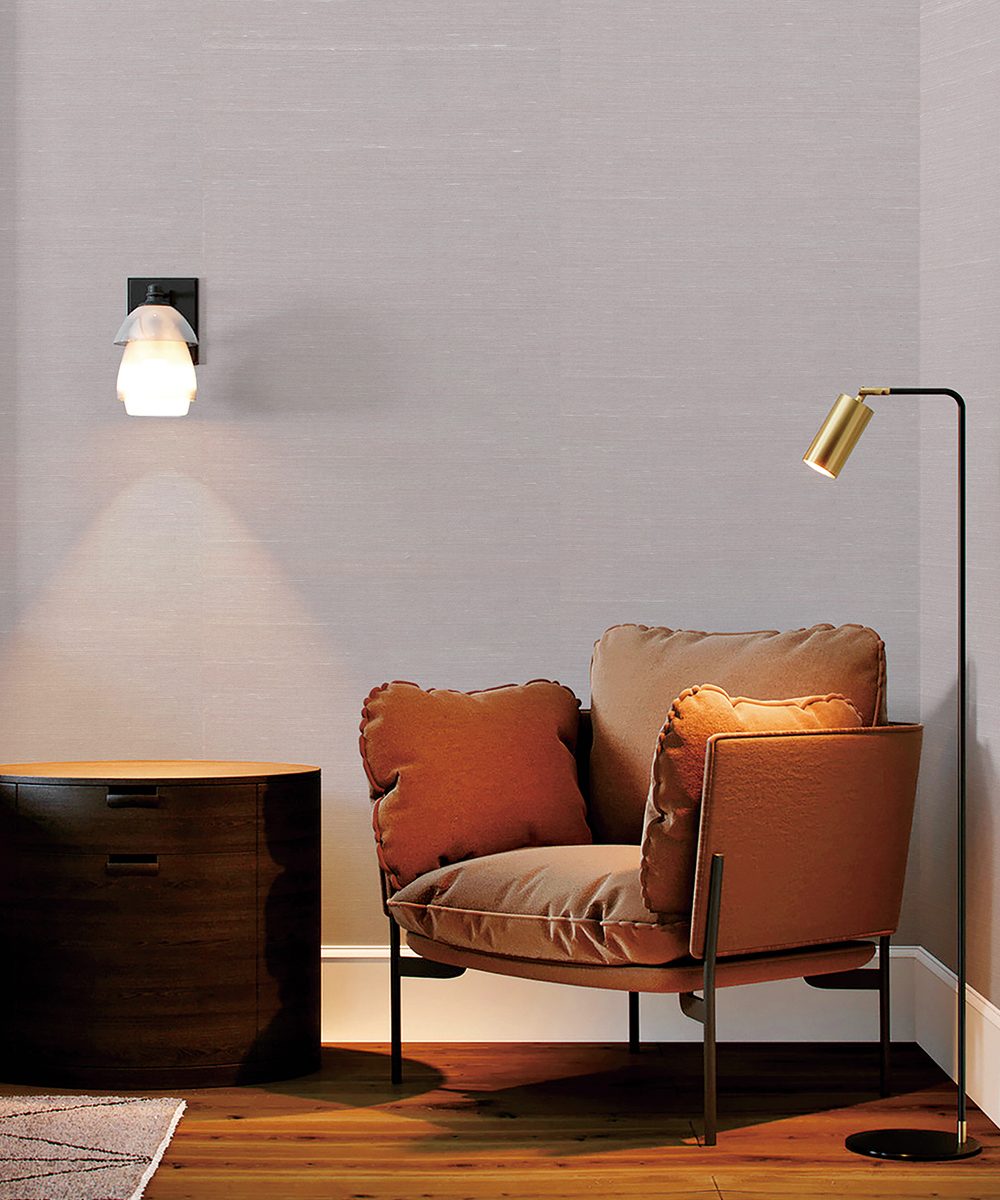
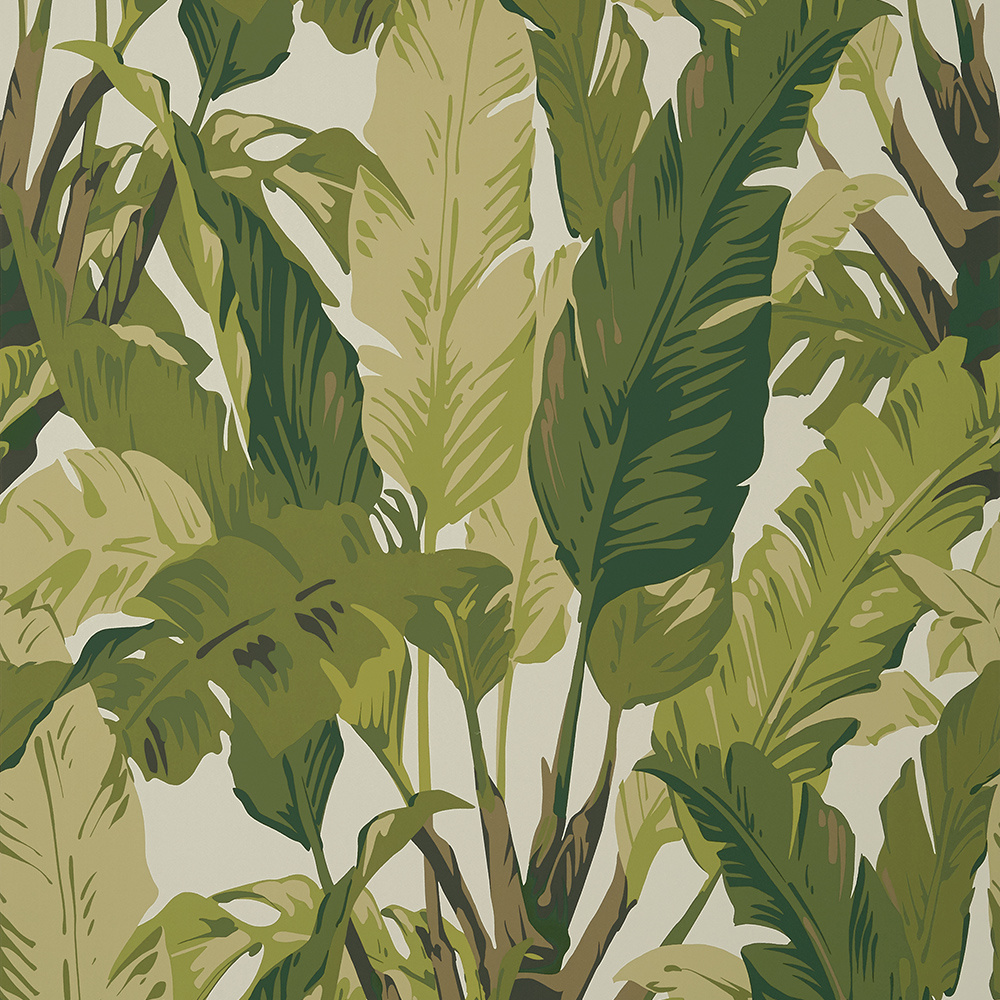 INSPIRATION
INSPIRATION
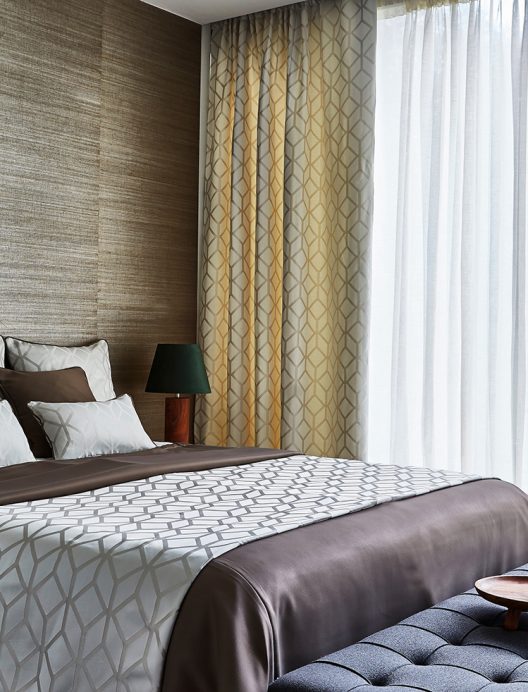 INSPIRATION
INSPIRATION
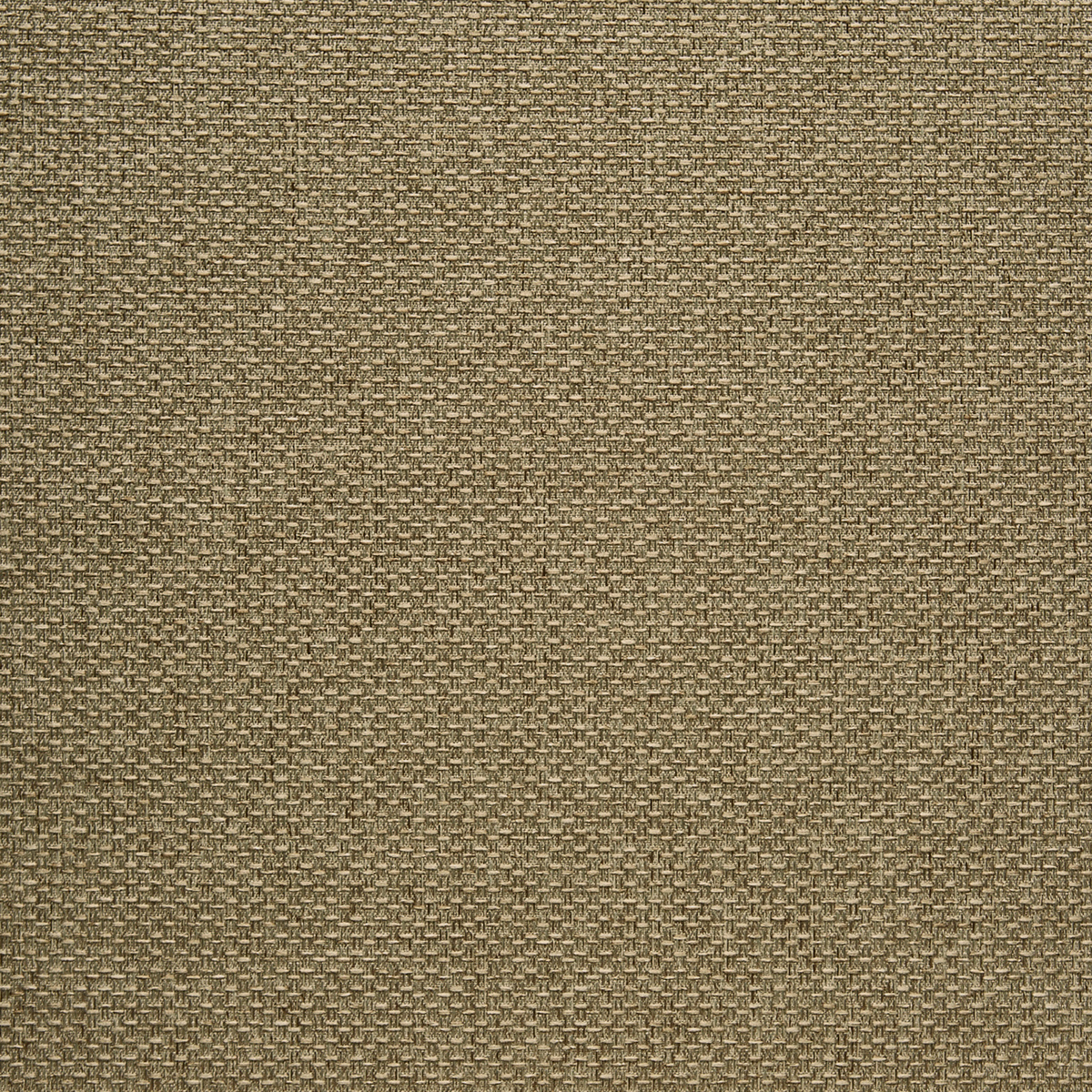 INSPIRATION
INSPIRATION
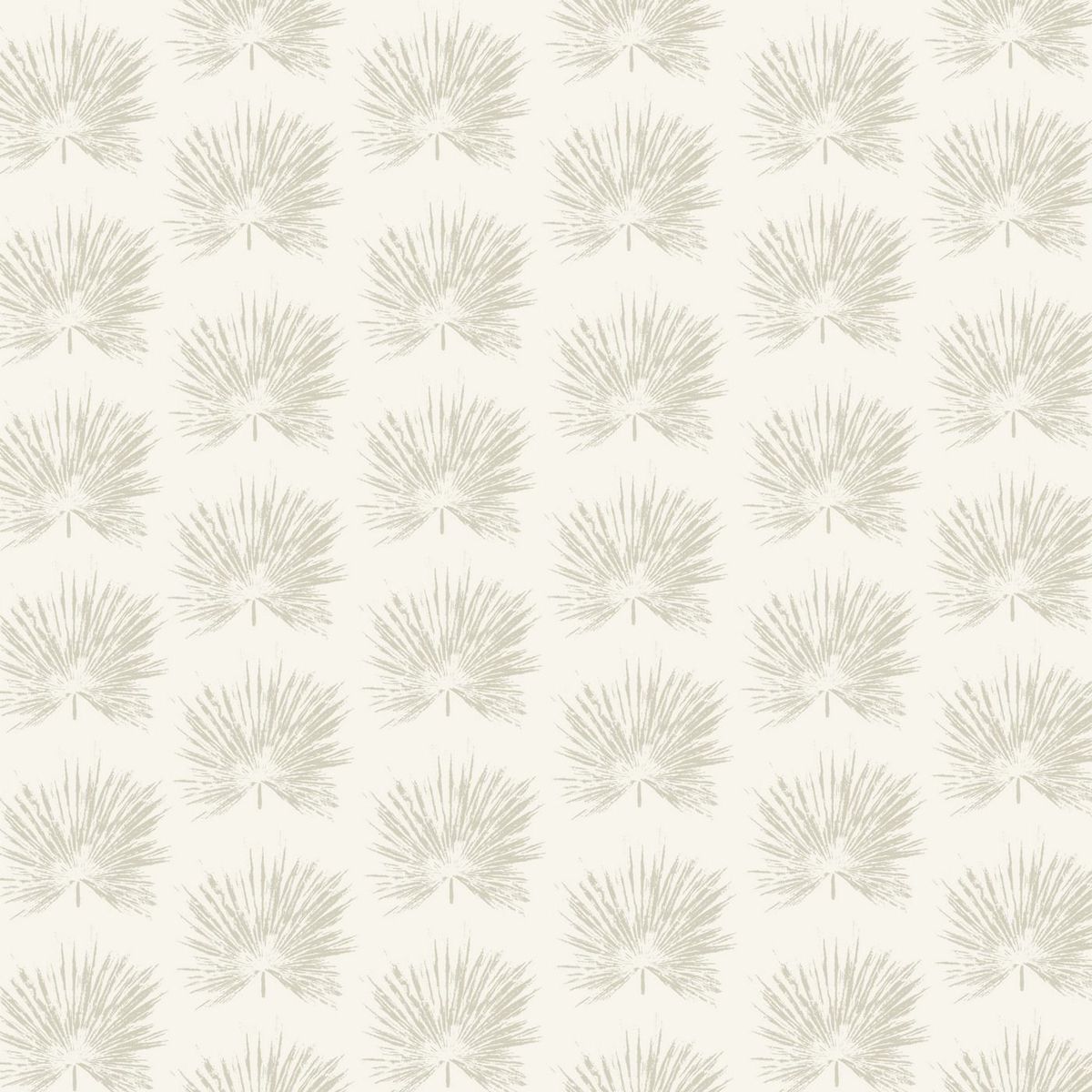 INSPIRATION
INSPIRATION
